Tech Articles
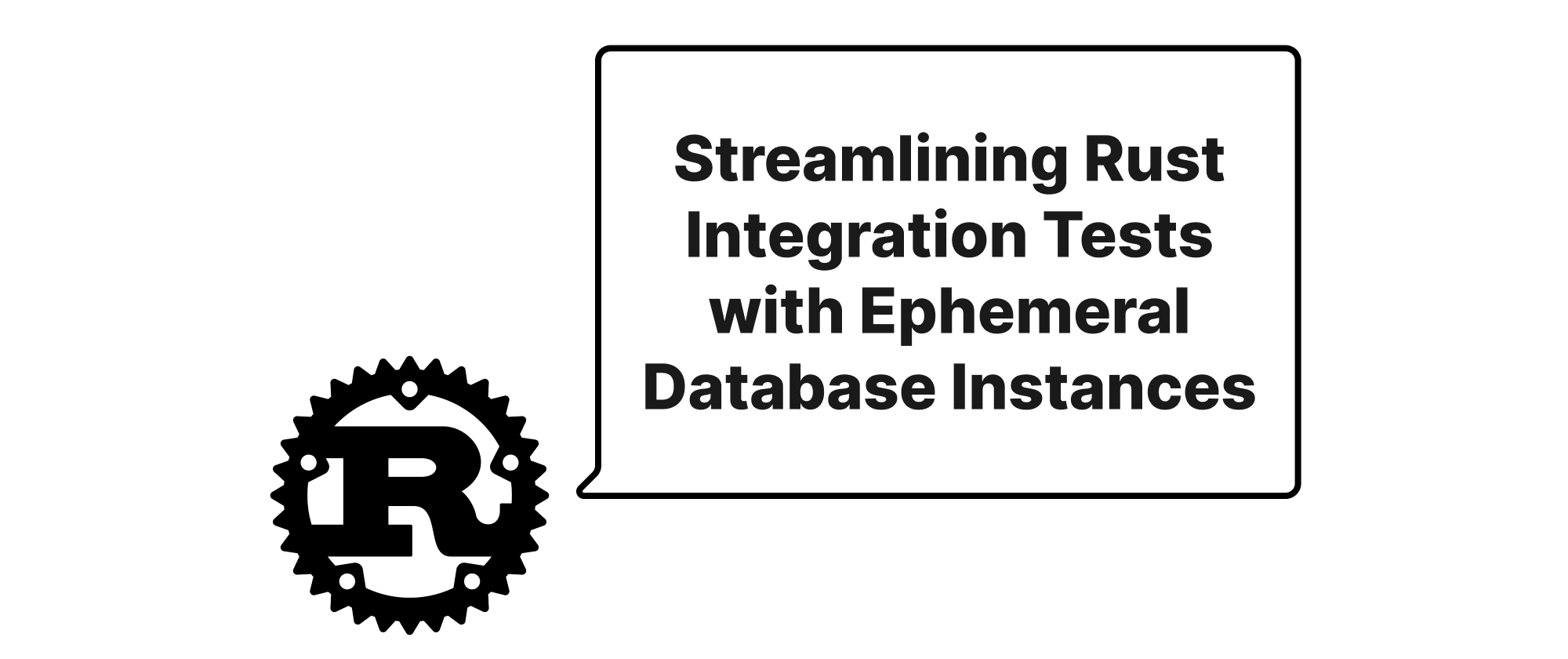
Streamlining Rust Integration Tests with Ephemeral Database Instances
This article delves into leveraging the `testcontainers` crate in Rust to dynamically provision and tear down isolated database instances for integration testing, ensuring clean, reliable, and efficient test environments.
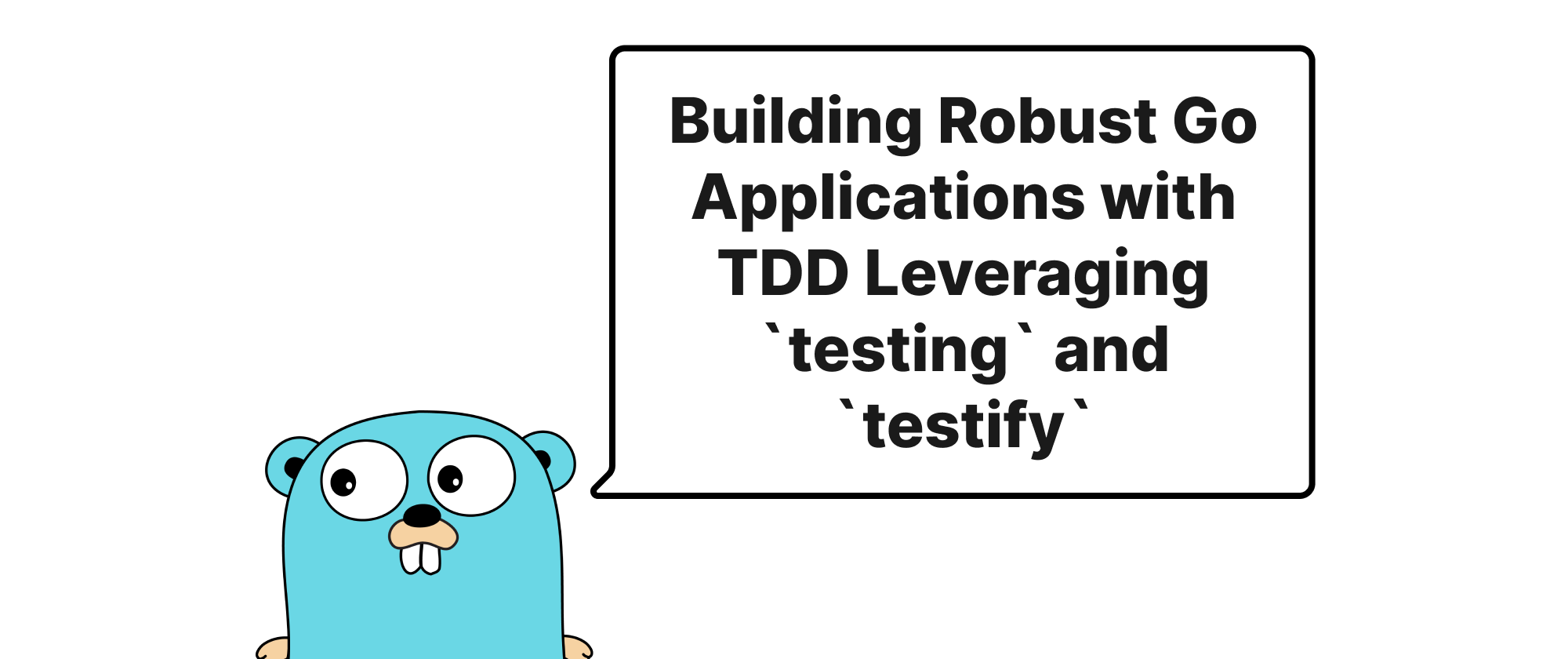
Building Robust Go Applications with TDD Leveraging `testing` and `testify`
Explore Test-Driven Development (TDD) in Go, focusing on practical implementation with Go's built-in `testing` package and the `testify` assertion library to write high-quality, maintainable applications.
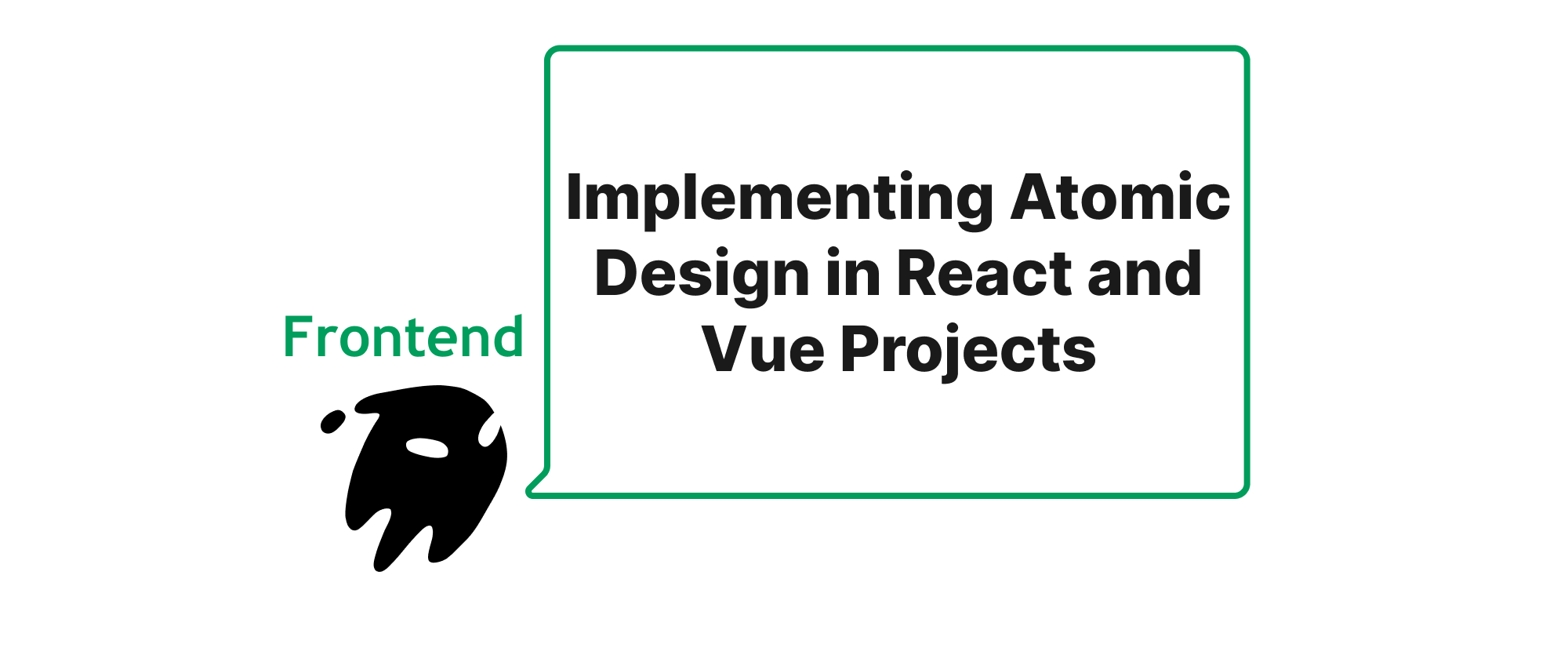
Implementing Atomic Design in React and Vue Projects
A comprehensive guide to integrating Atomic Design principles into modern frontend frameworks like React and Vue, enhancing component reusability and maintainability.
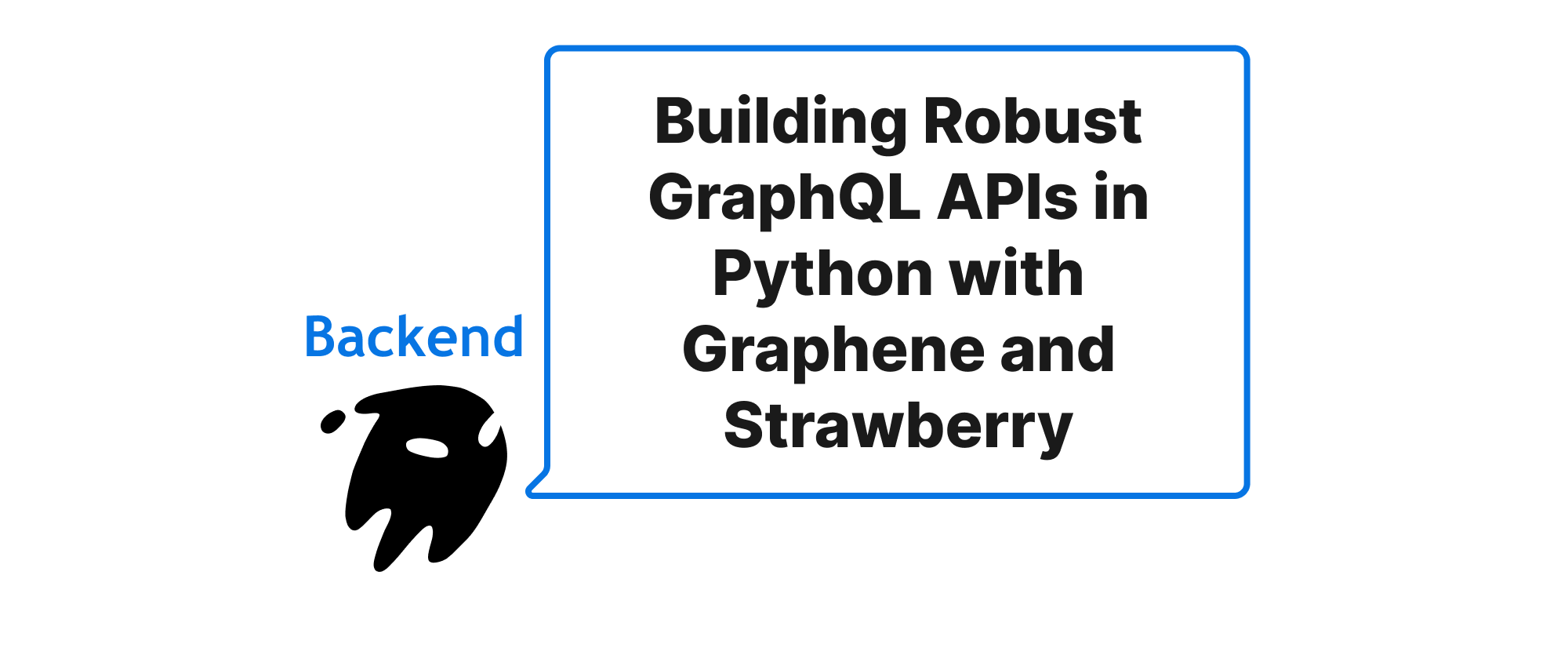
Building Robust GraphQL APIs in Python with Graphene and Strawberry
This article delves into the world of GraphQL API development in Python, exploring Graphene-Django and Strawberry for FastAPI/Flask. We discuss their core principles, practical implementations with code examples, and how they empower efficient data fetching and manipulation for modern applications.
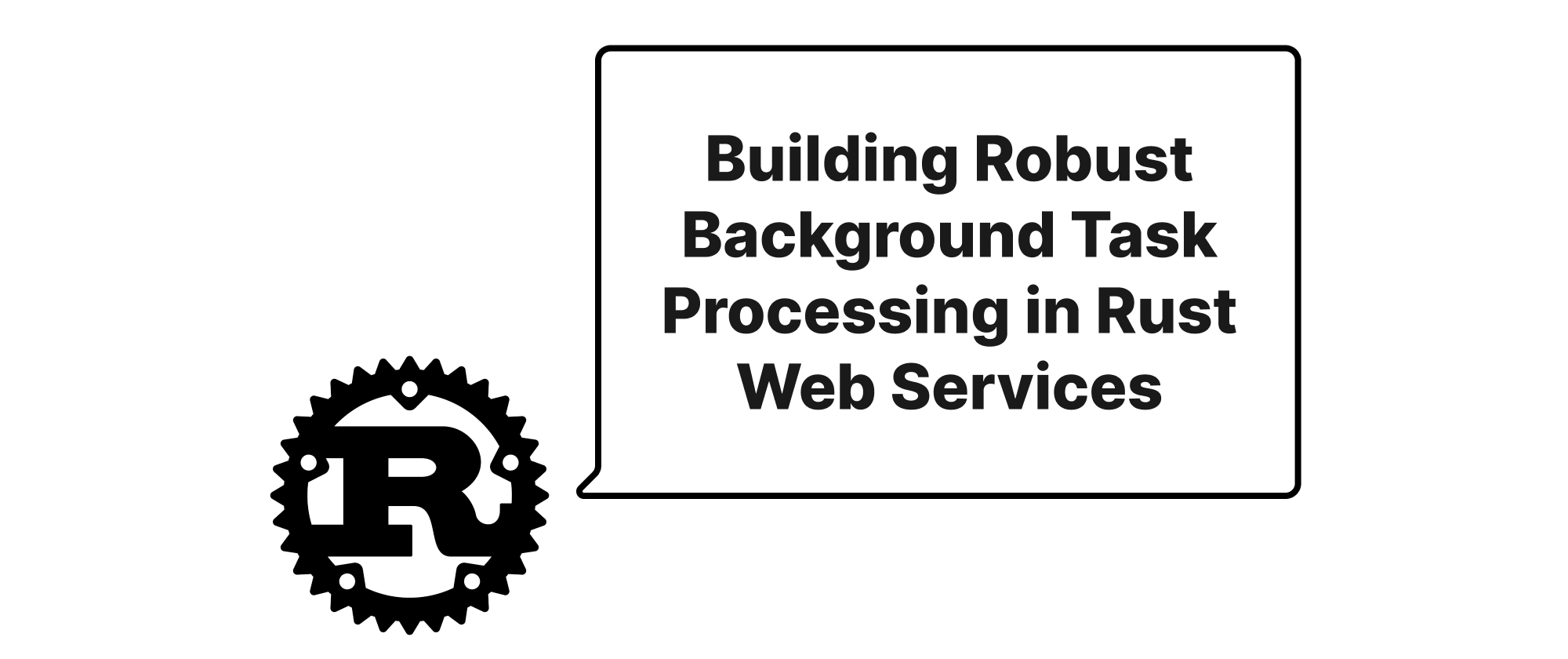
Building Robust Background Task Processing in Rust Web Services
Explore integrating cron-like scheduling or custom task processors into Rust web services for efficient background job management.
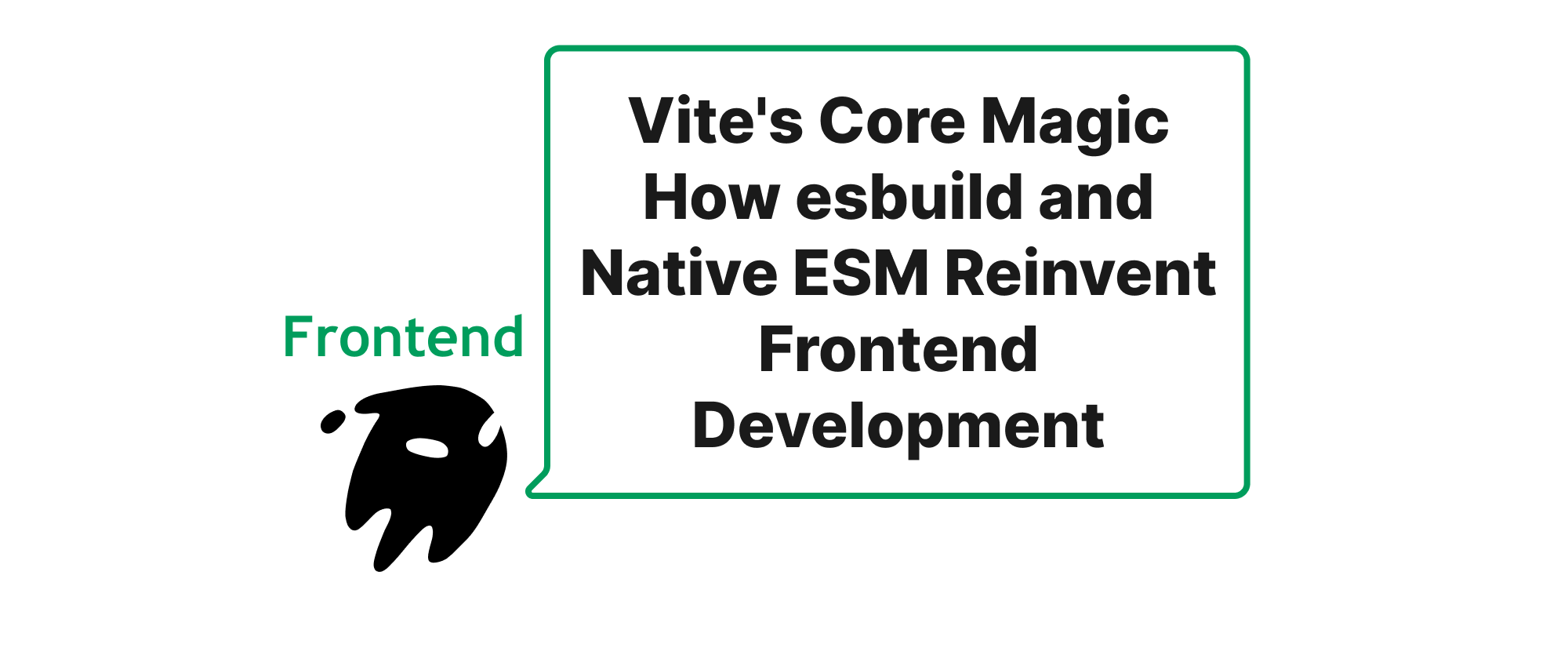
Vite's Core Magic How esbuild and Native ESM Reinvent Frontend Development
This article delves into Vite's innovative architecture, explaining how esbuild for pre-bundling and native ESM for hot module replacement fundamentally transform the frontend development experience.
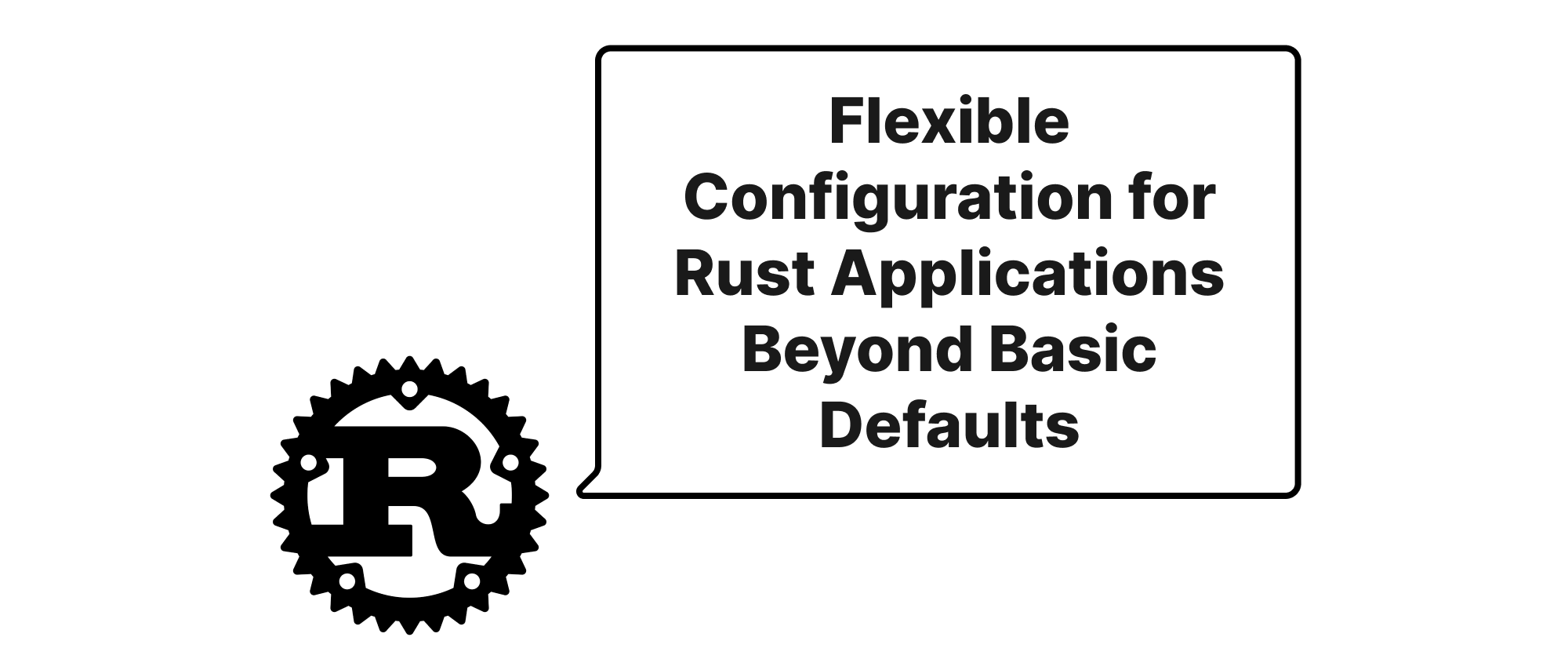
Flexible Configuration for Rust Applications Beyond Basic Defaults
Exploring how `figment` and `config-rs` empower Rust developers to build robust, multi-format and environment-aware configuration systems for their applications.
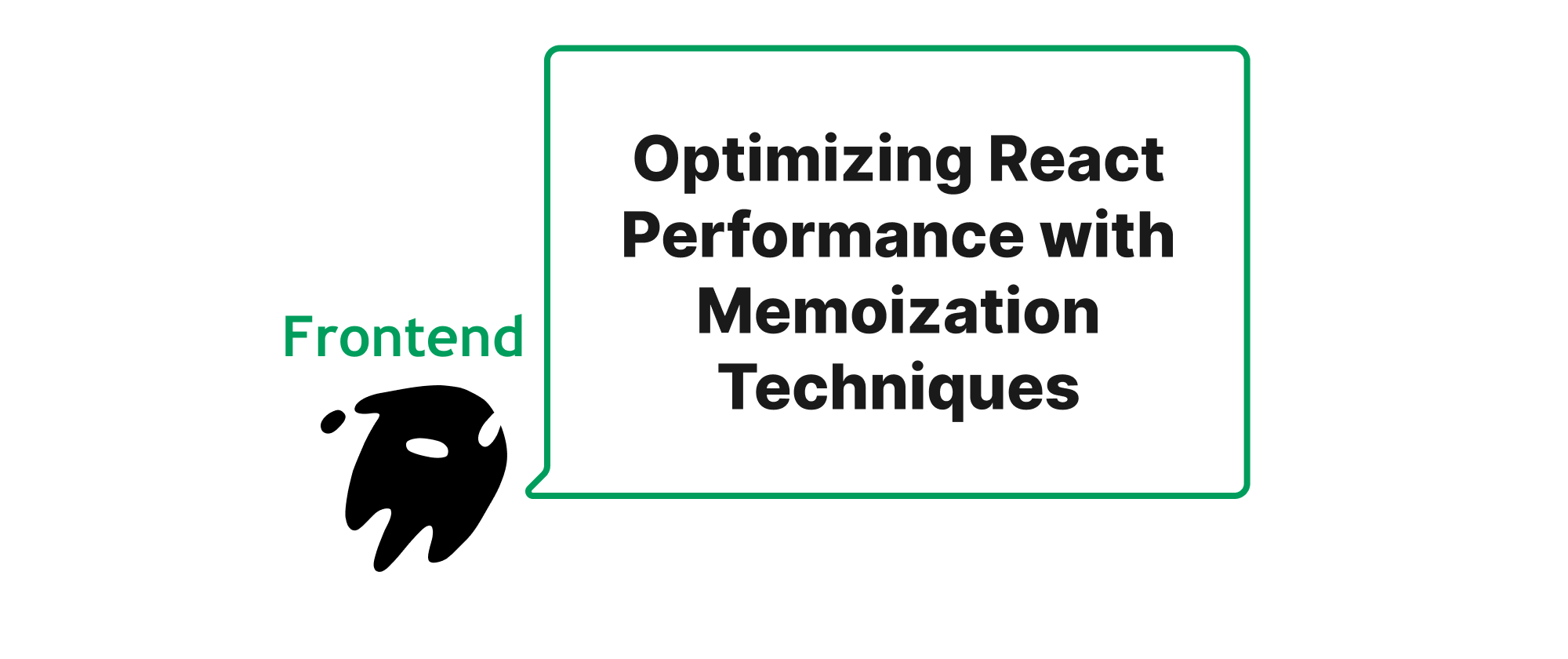
Optimizing React Performance with Memoization Techniques
Explore how React.memo, useCallback, and useMemo prevent unnecessary re-renders in React applications, improving performance and user experience.
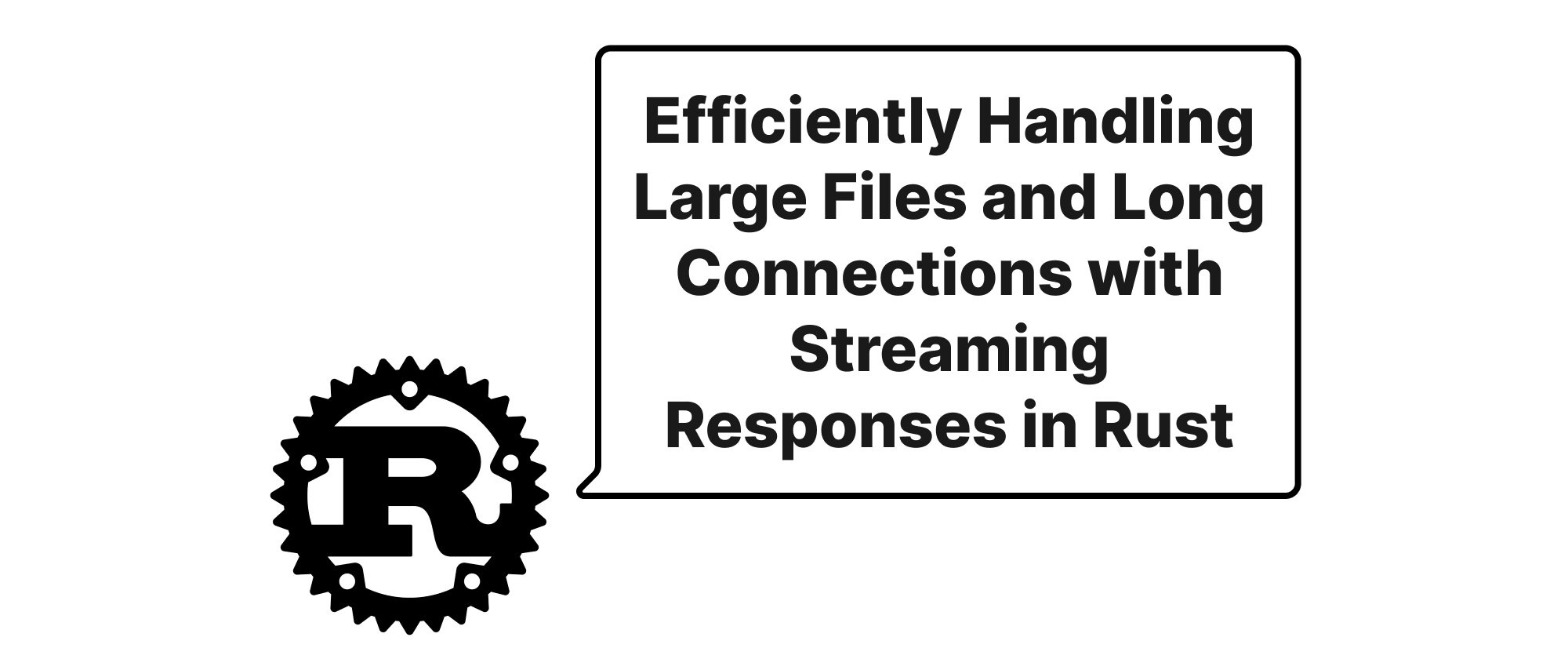
Efficiently Handling Large Files and Long Connections with Streaming Responses in Rust Web Frameworks
This article explores how to implement streaming responses in Axum and Actix Web to efficiently handle large file transfers and long-lived connections, enhancing application performance and user experience.
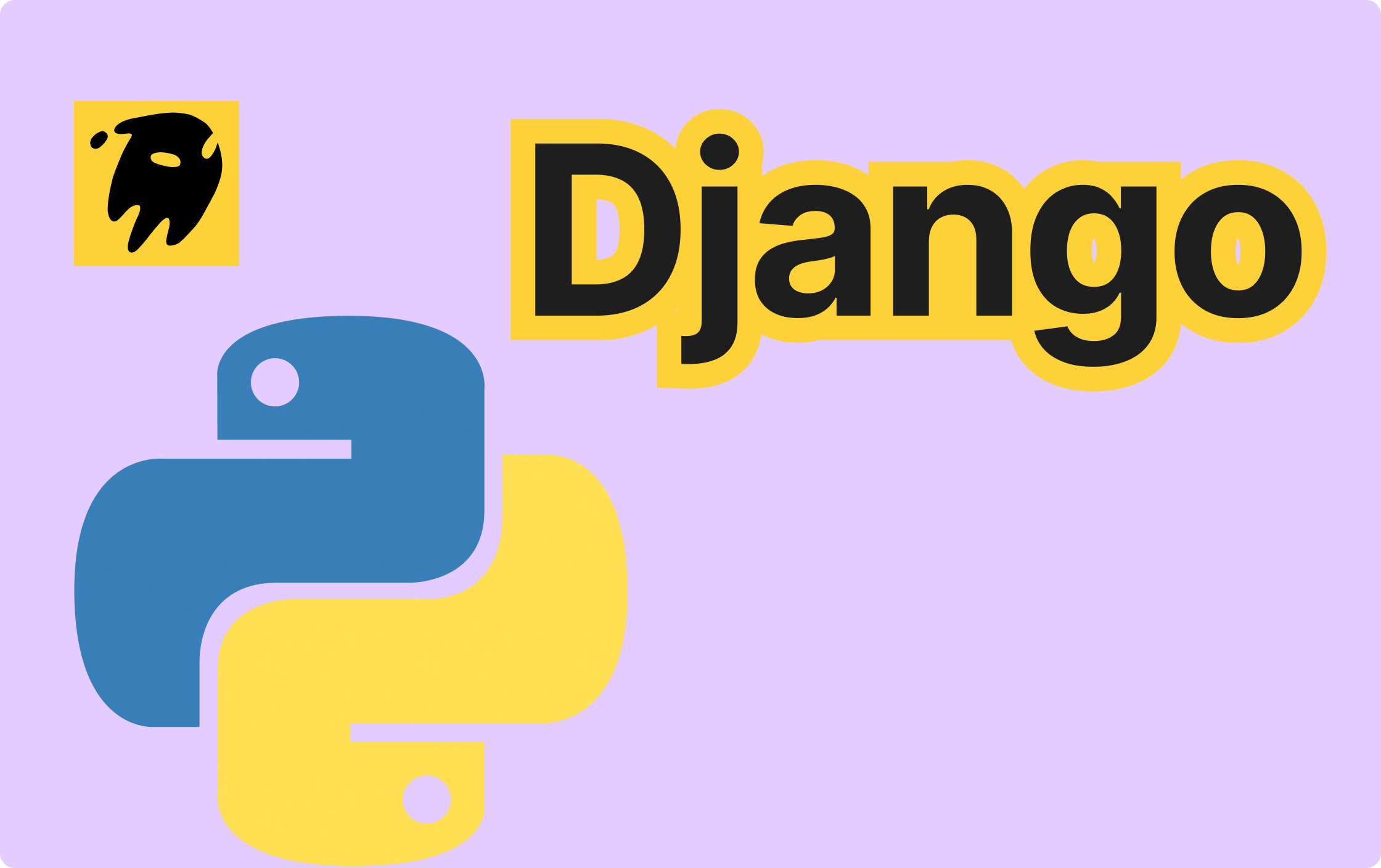
Why Django Is Still the Web Dev King in 2025
In the fast-paced world of web development, where new frameworks emerge seemingly every other day, Django has maintained its relevance and popularity since its inception. As we enter 2025, a question on many developers' minds remains: why should we still use Django? Let's explore the reasons in detail.
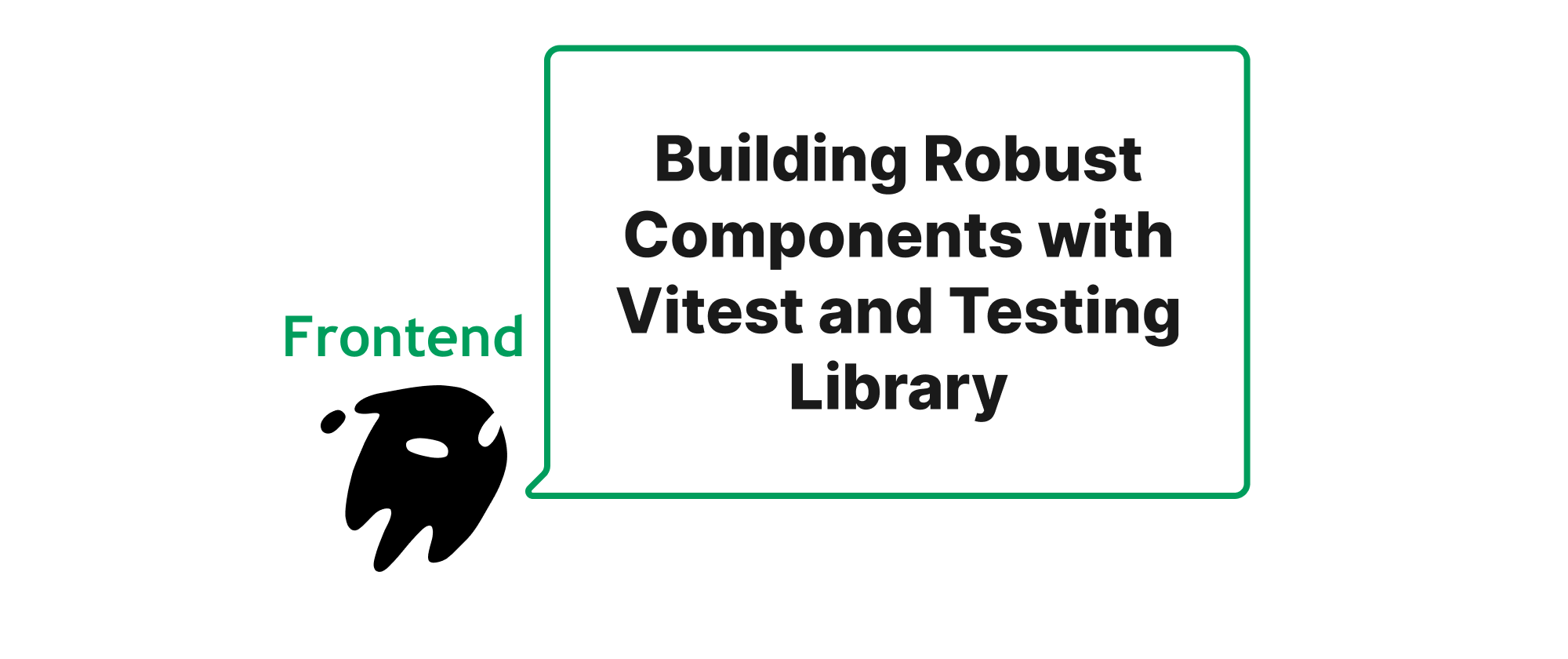
Building Robust Components with Vitest and Testing Library
Explore how Vitest and Testing Library empower developers to write effective unit and interaction tests for frontend components, ensuring reliability and maintainability.
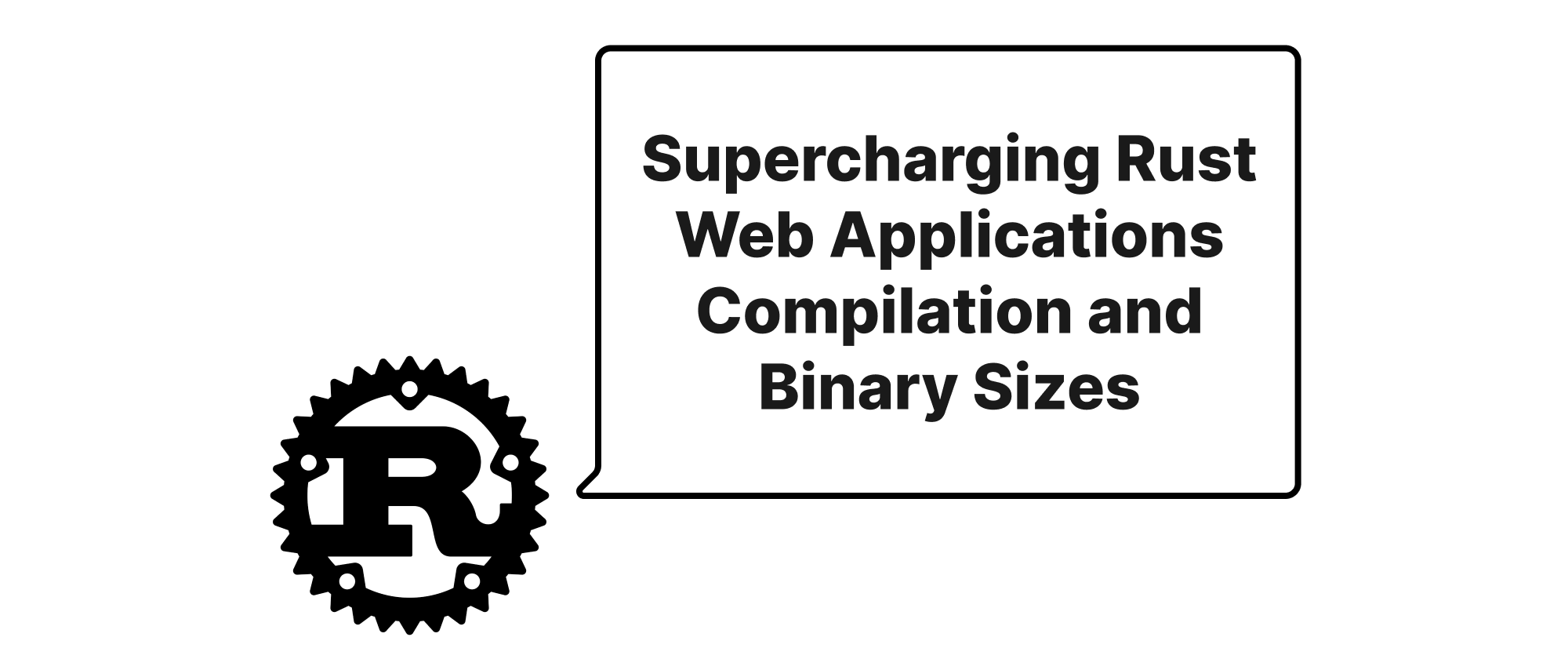
Supercharging Rust Web Applications Compilation and Binary Sizes
This article delves into practical strategies and explanations for optimizing the compilation times and reducing the final binary sizes of Rust web applications, a crucial aspect for efficient development and deployment.
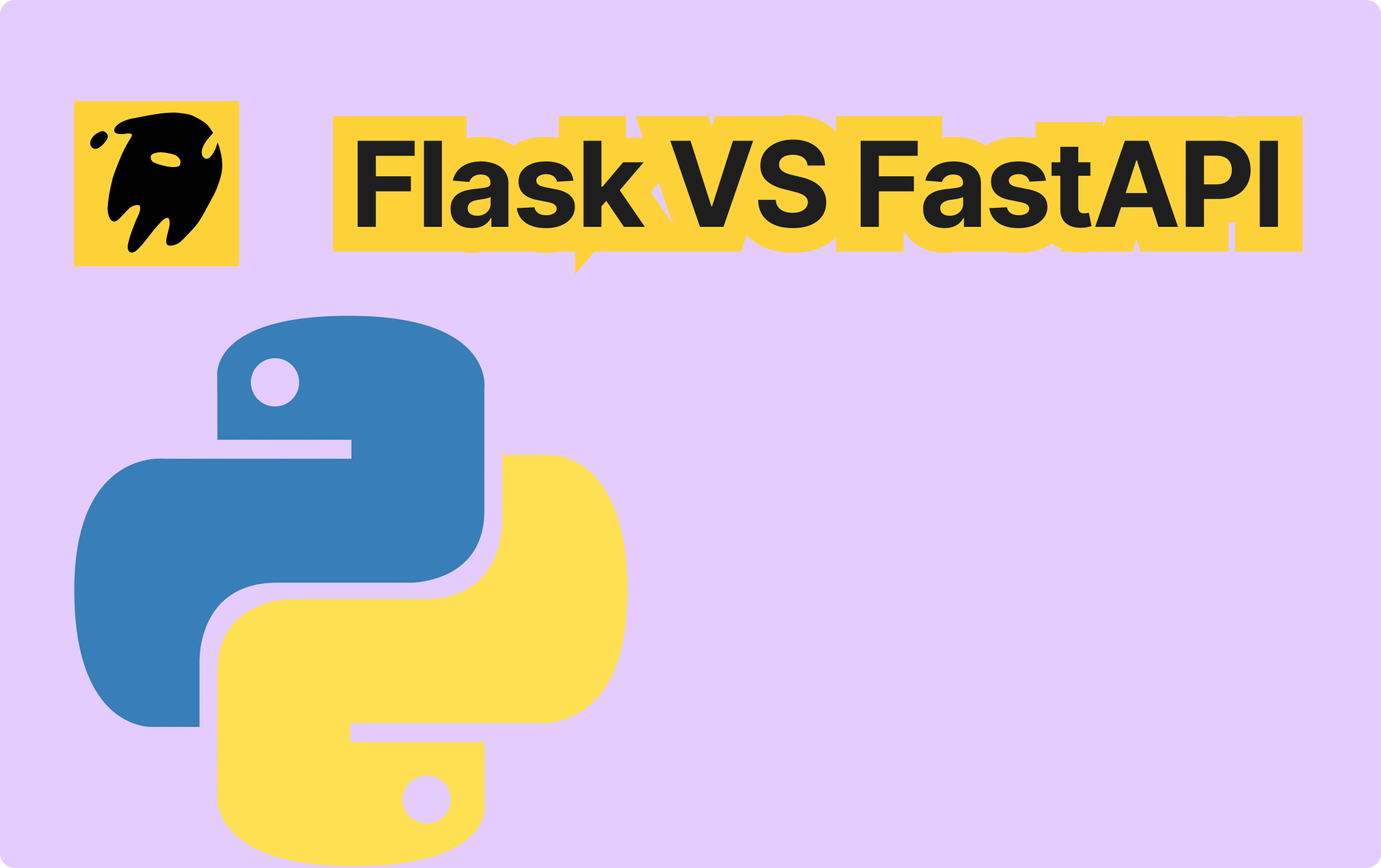
Python Web Framework Wars: Flask’s Legacy vs FastAPI’s Future
In the universe of Python web development, Flask and FastAPI shine like two brilliant stars, each representing distinct development philosophies. Flask is renowned for its lightweight flexibility as a "micro-framework," while FastAPI has sparked a new trend in API development with its asynchronous support and type safety. This article will delve into a comparison of these two frameworks across ecosystem, asynchronous programming, and development experience, revealing their scene through abundant examples to help developers make informed choices for different project requirements.
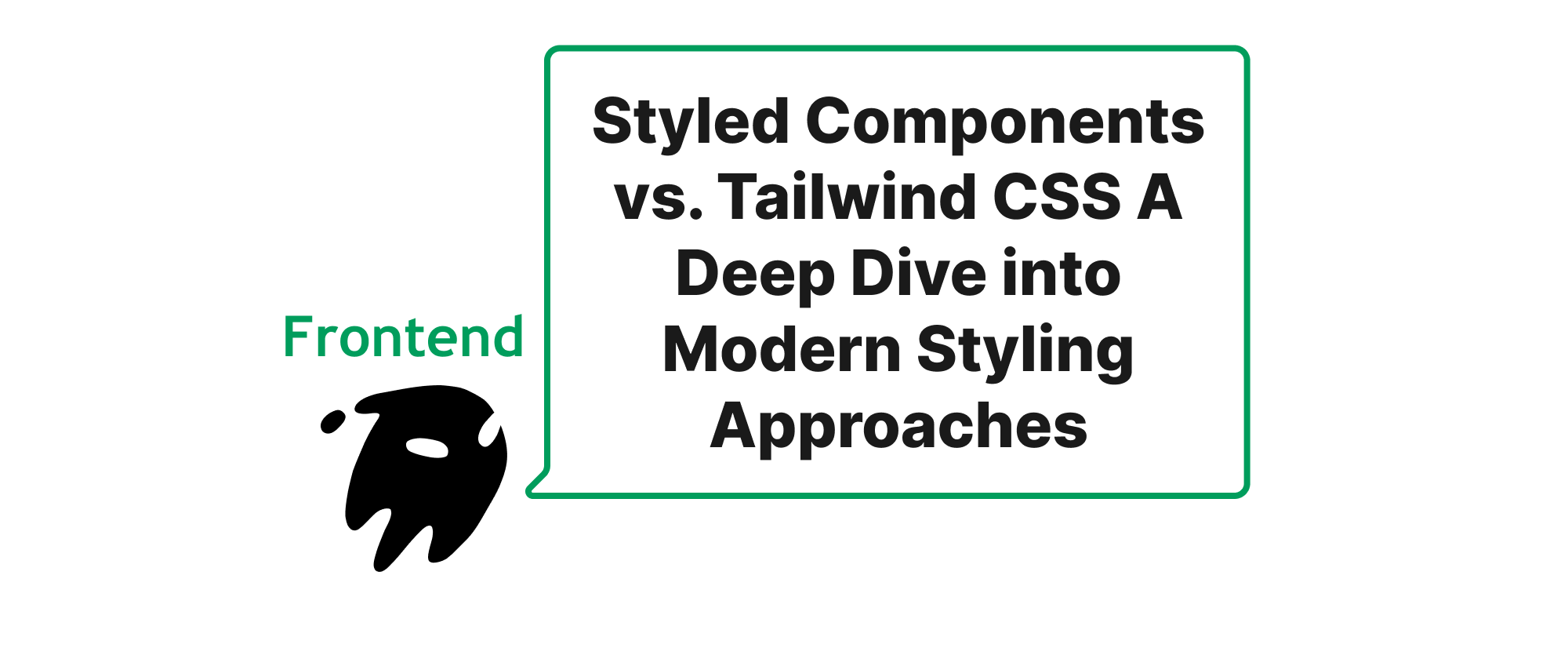
Styled Components vs. Tailwind CSS A Deep Dive into Modern Styling Approaches
This article explores the contrasting philosophies of Styled Components and Tailwind CSS, highlighting their different approaches to styling and componentization in frontend development.
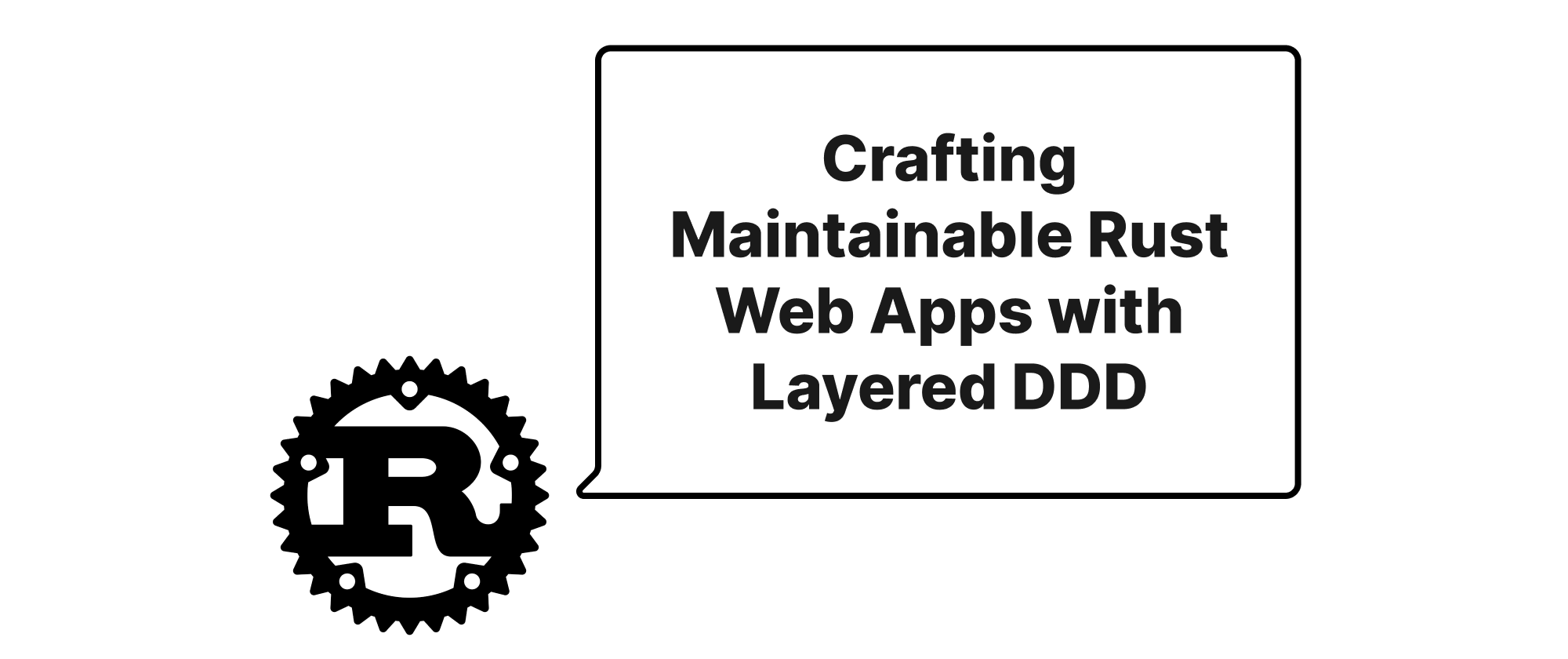
Crafting Maintainable Rust Web Apps with Layered DDD
Explore how to implement a clean, layered Domain-Driven Design (DDD) architecture in Rust web projects, enhancing maintainability, testability, and scalability through practical examples.
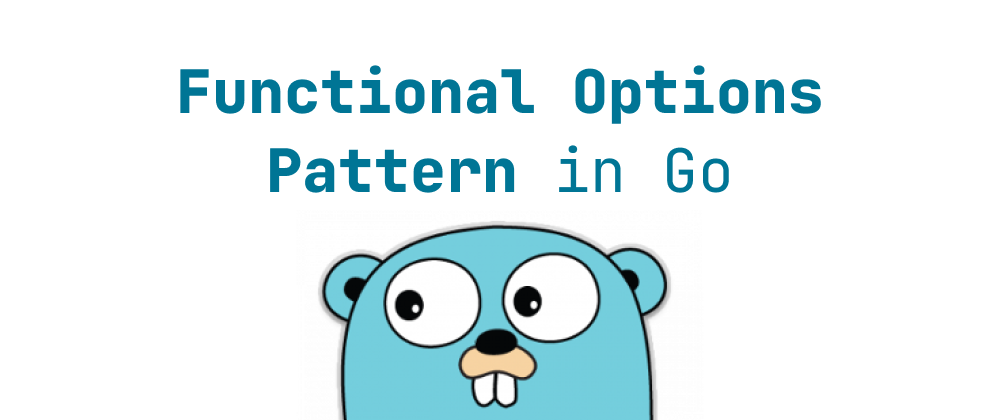
Go's Functional Options Pattern
Learn how Go's functional options pattern enhances flexibility, readability, and extensibility in function signatures.
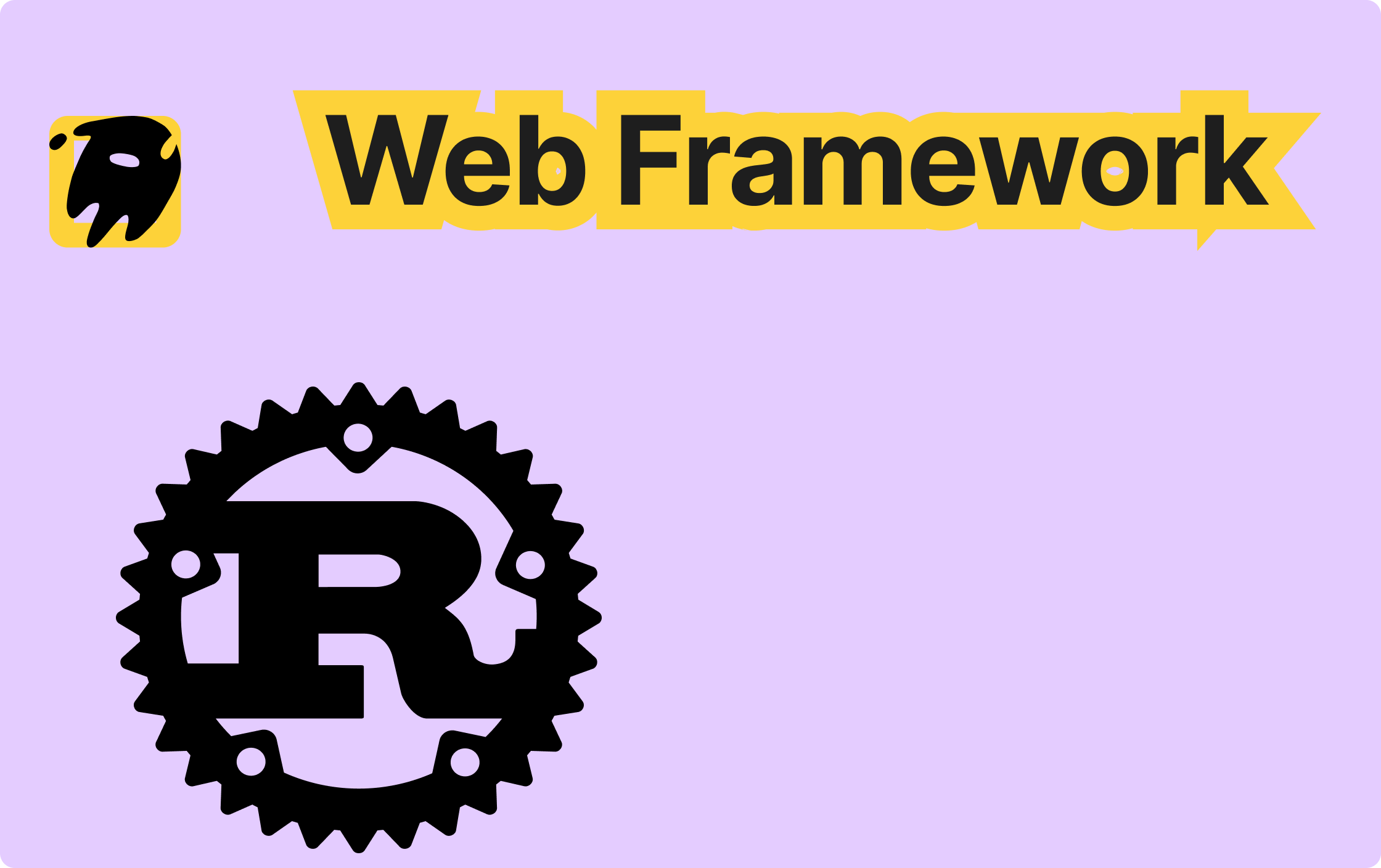
Actix vs Axum vs Rocket: The Battle of Rust Web Frameworks
In the dynamic landscape of web development, Rust has emerged as a formidable language, celebrated for its memory safety, high performance, and concurrency capabilities. As the Rust ecosystem continues to expand, a diverse array of web frameworks has surfaced, each boasting unique features and trade-offs. This in-depth exploration compares some of the most popular Rust web frameworks, examining their architectures, performance traits, and ecosystem support.
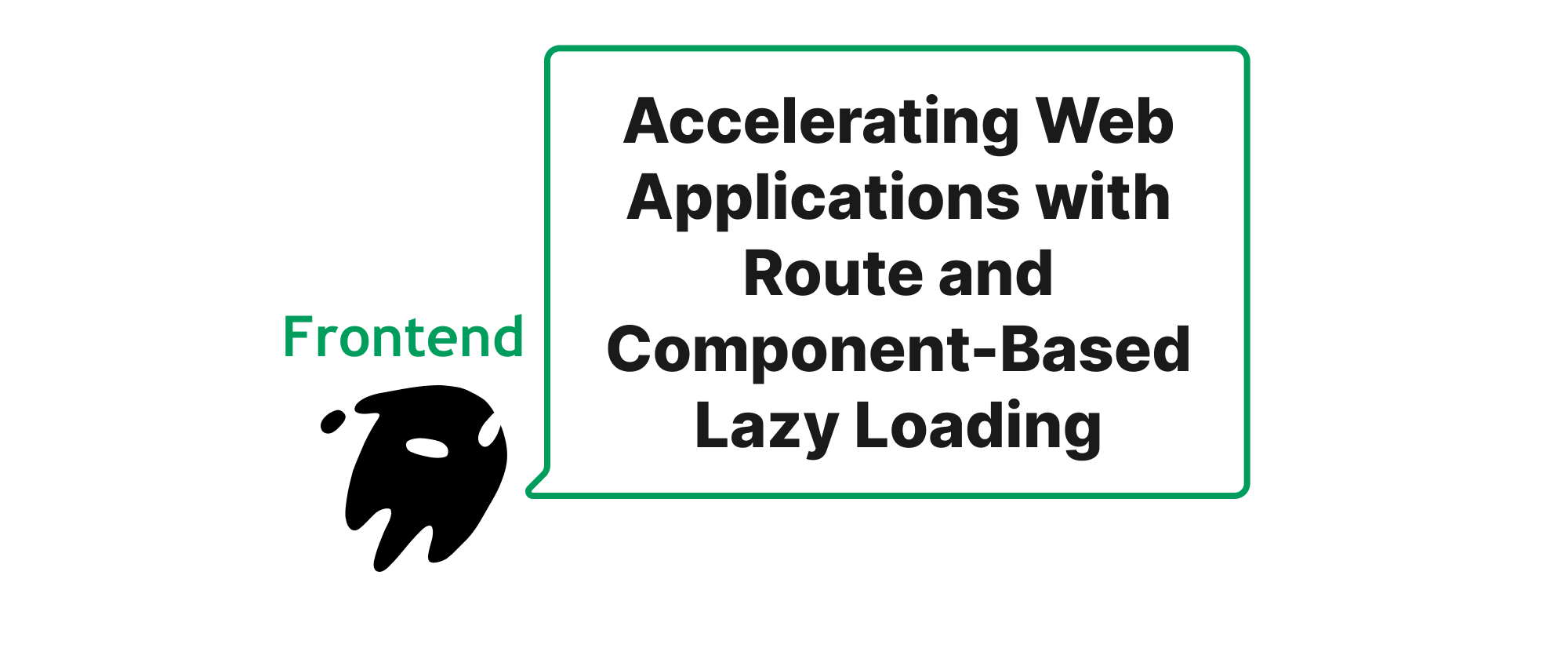
Accelerating Web Applications with Route and Component-Based Lazy Loading
Learn how to enhance web application performance and user experience by strategically deferring resource loading using route and component-based lazy loading techniques. This article delves into the principles, implementation, and practical benefits of these essential frontier optimization strategies.

Why Go Won't Simplify Error Handling
After three failed attempts, Go team confirms no future error handling syntax changes, focusing on tooling improvements.
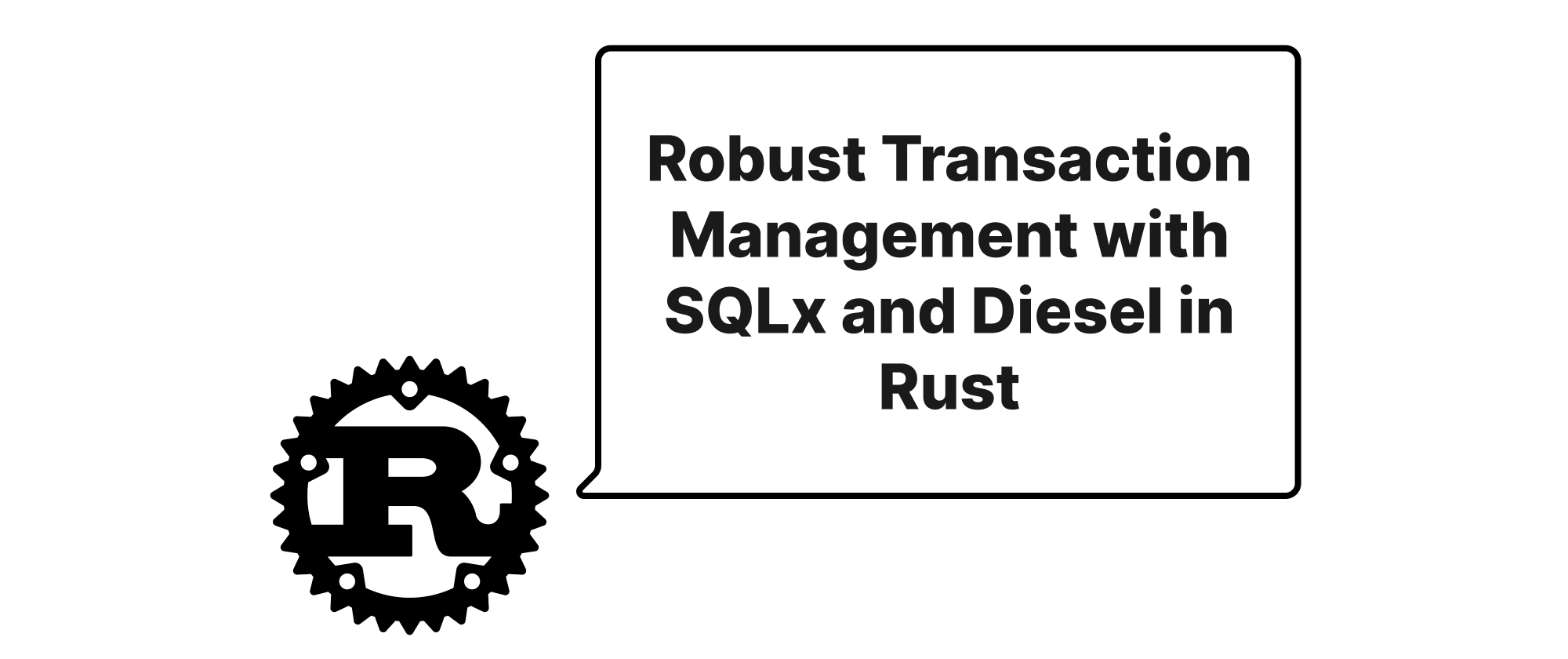
Robust Transaction Management with SQLx and Diesel in Rust
Exploring secure transaction handling and rollback strategies in Rust using SQLx and Diesel for reliable database operations.
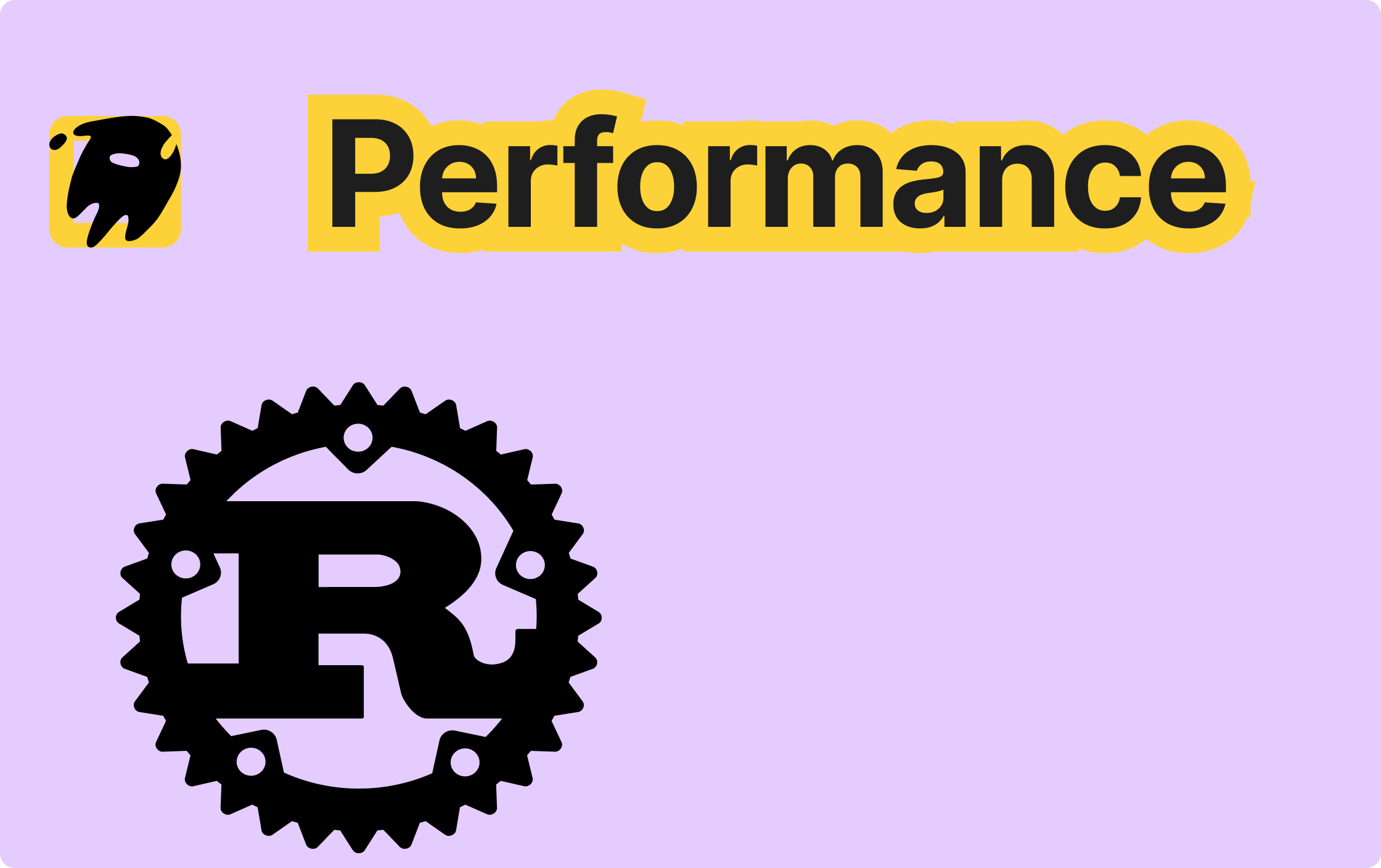
Your Rust Is Too Slow - 20 Practical Ways to Optimize Your Code
Rust, as a performance-focused systems programming language, has demonstrated excellent performance in many scenarios. However, to fully unleash Rust's potential and write efficient code, it's necessary to master some performance optimization techniques. This article will introduce 20 practical tips for Rust performance optimization, with specific code examples to aid understanding.
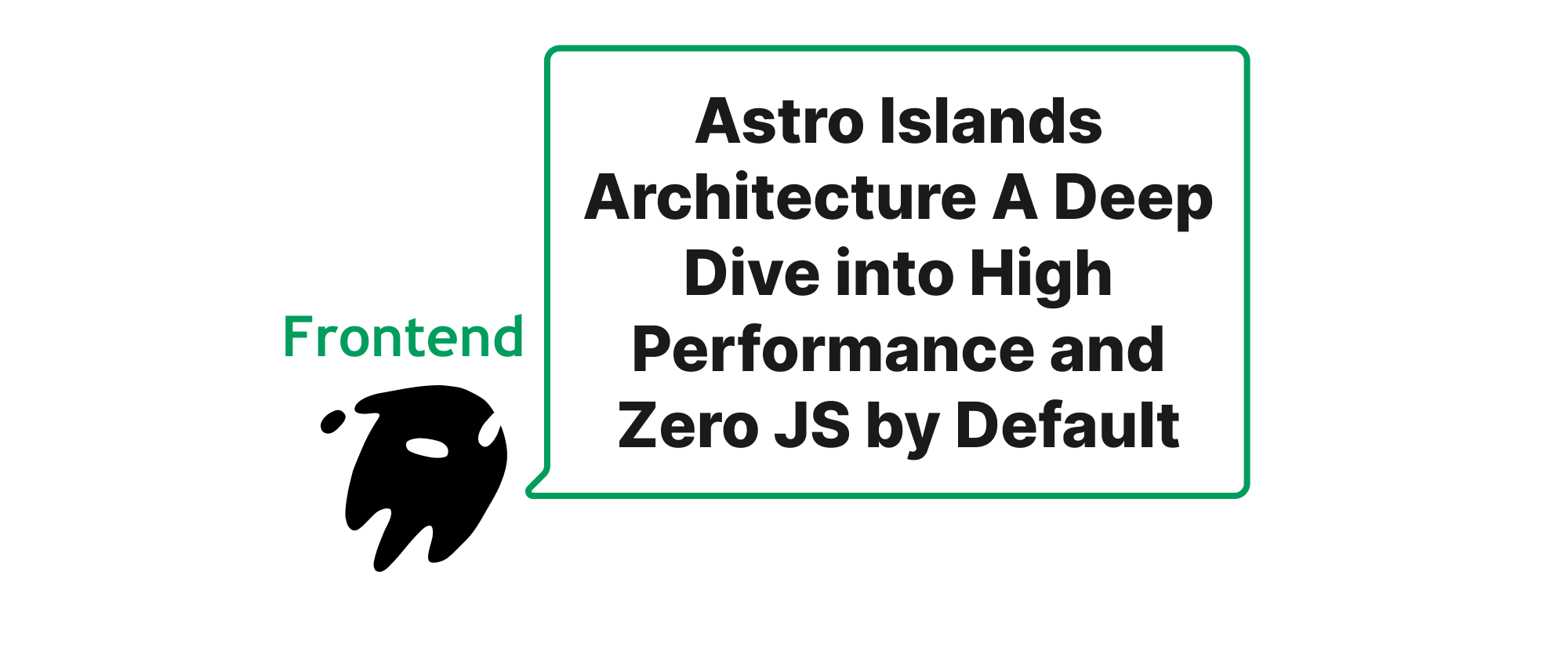
Astro Islands Architecture A Deep Dive into High Performance and Zero JS by Default
This article explores Astro's unique Islands Architecture, dissecting how it delivers exceptional performance and minimizes JavaScript overhead by default. We'll delve into its core concepts, practical implementation with code examples, and its real-world implications for modern web development.
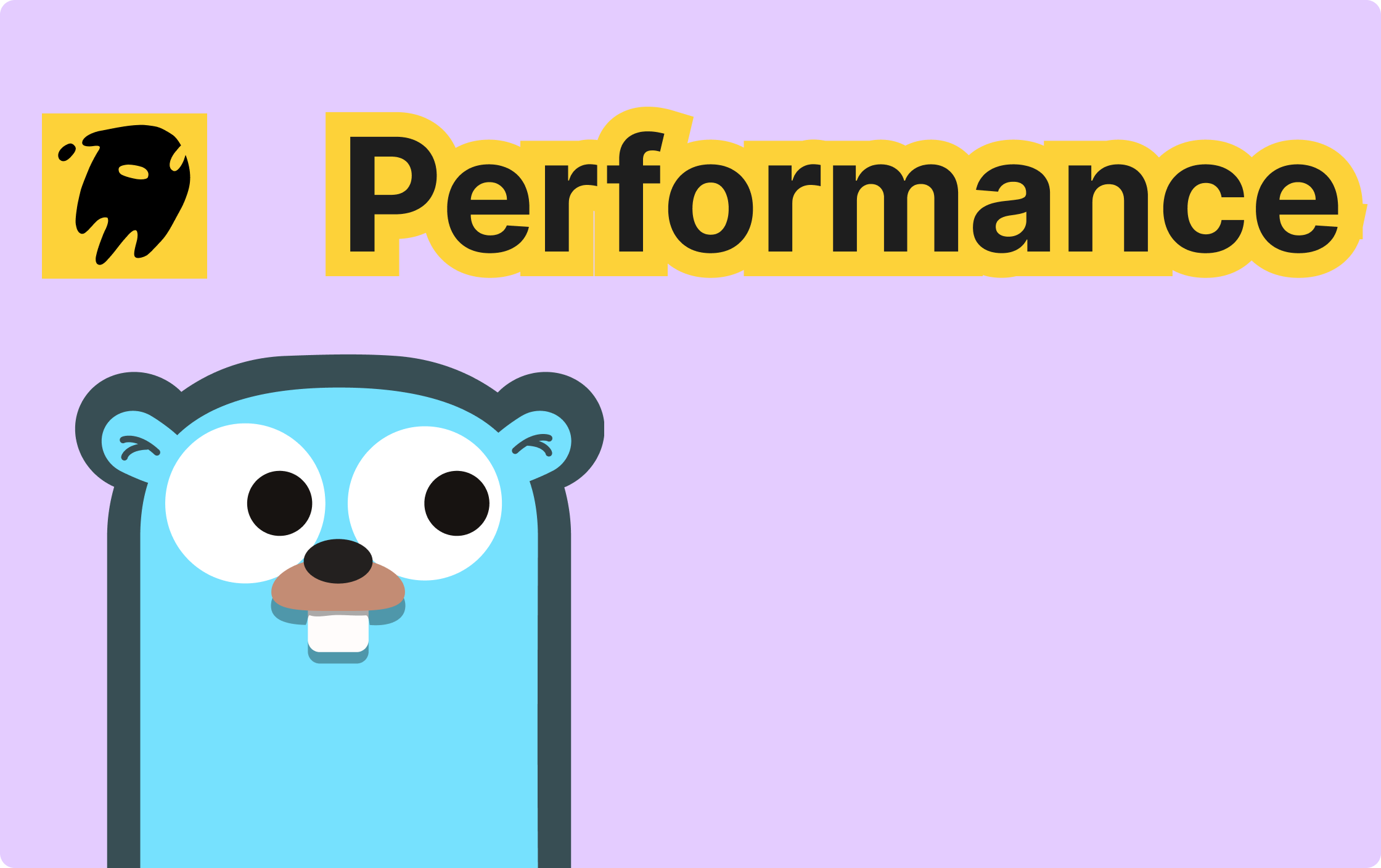
Go in Production: 20 Must-Know Performance Tuning Tips
As an engineer who has spent years building backend services with Go, I'm keenly aware of the language's immense performance potential. But potential needs to be properly unlocked. There's a world of difference between merely implementing a feature and building a system that runs stably and efficiently under high concurrency. Poor coding habits and a disregard for underlying mechanics can easily negate the performance advantages Go offers at the language level.
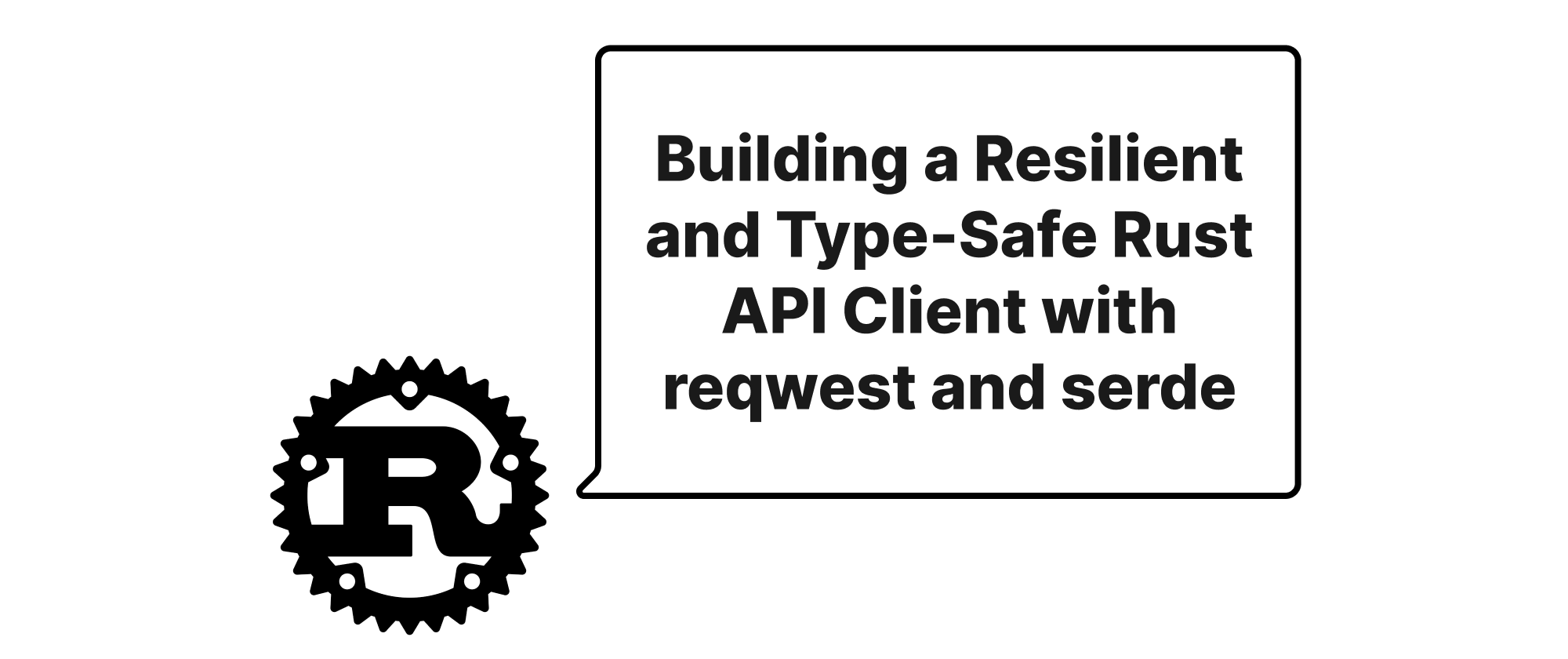
Building a Resilient and Type-Safe Rust API Client with reqwest and serde
This article guides you through constructing a robust and type-safe API client in Rust, leveraging the power of `reqwest` for HTTP requests and `serde` for seamless data serialization and deserialization.
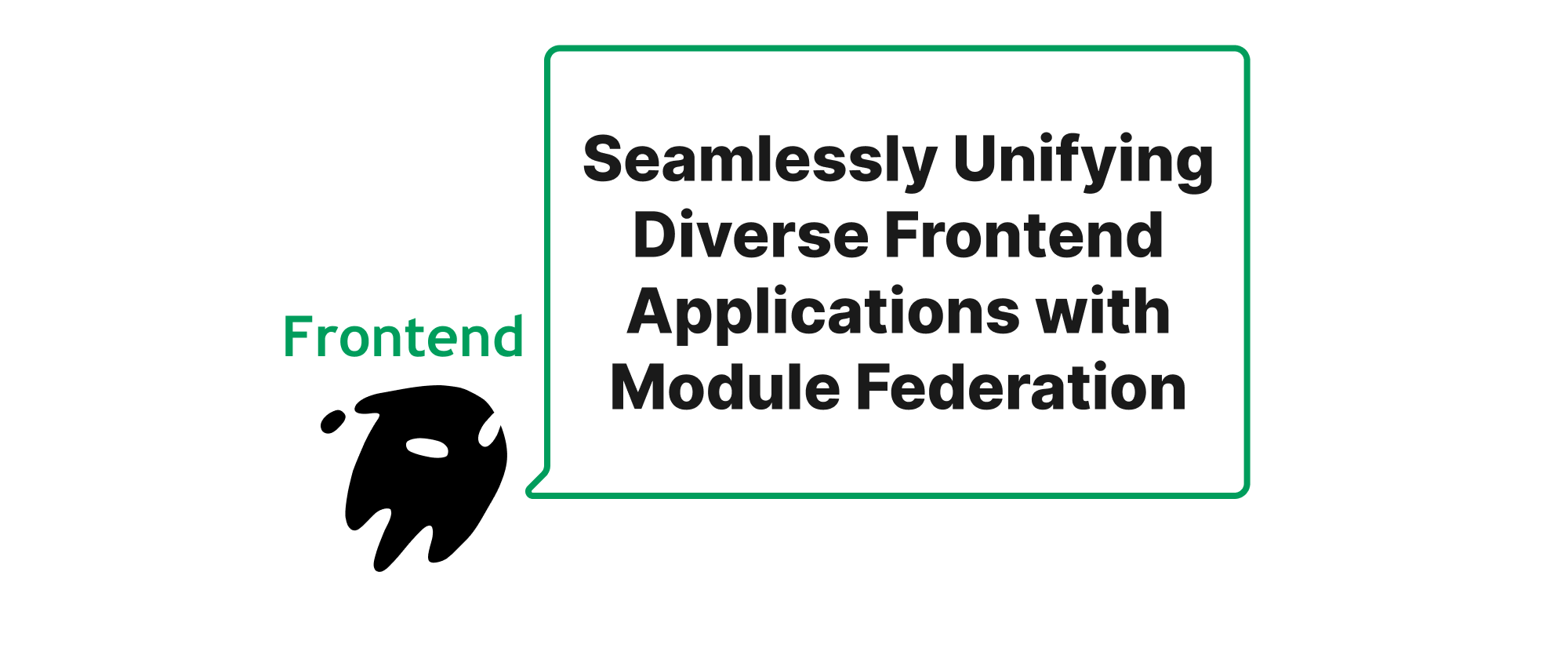
Seamlessly Unifying Diverse Frontend Applications with Module Federation
Explore how Module Federation empowers developers to orchestrate independent frontend applications into a cohesive whole, enhancing scalability, maintainability, and reusability in large-scale web projects.
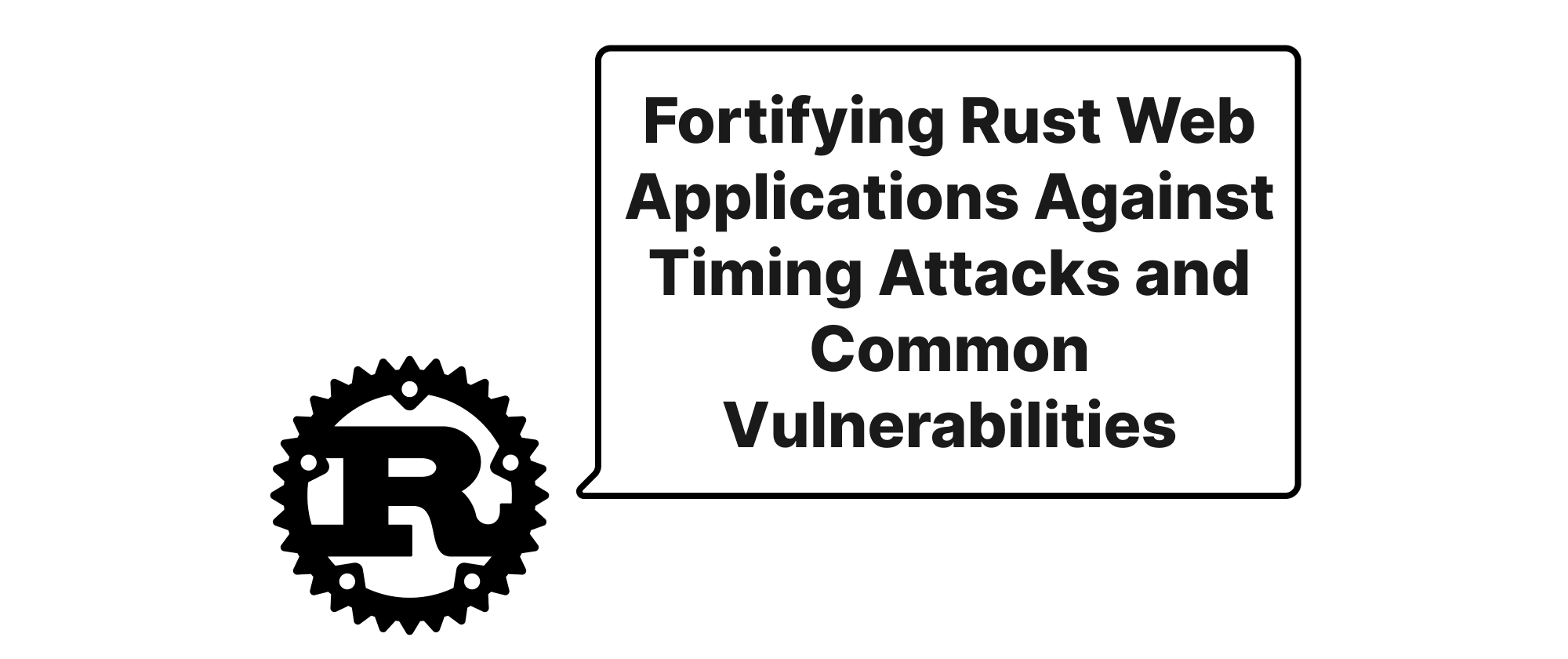
Fortifying Rust Web Applications Against Timing Attacks and Common Vulnerabilities
Explore how to protect Rust web applications from timing attacks and other prevalent security flaws through practical coding examples and best practices.
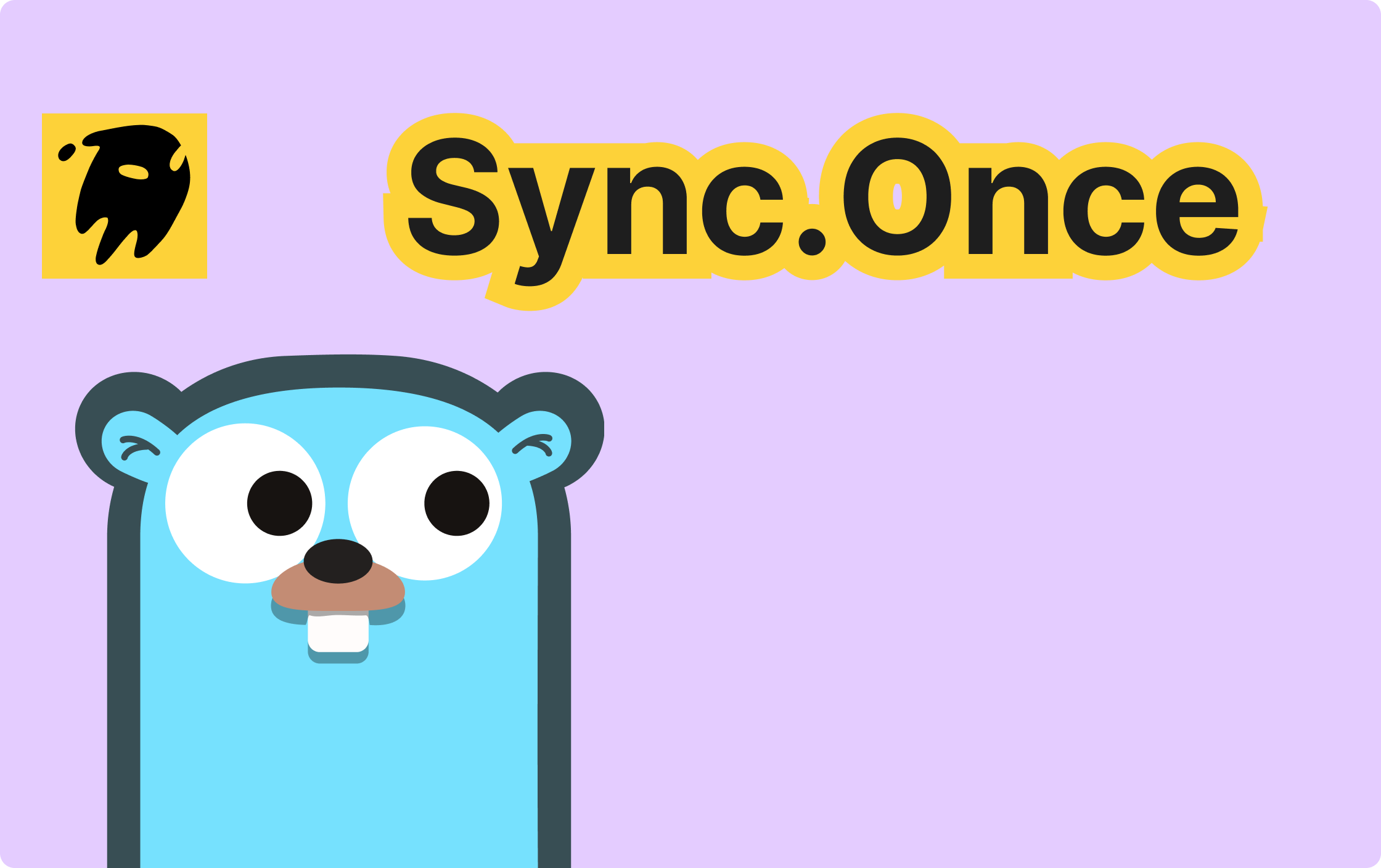
sync.Once: Go's Simple Pattern for Safer Concurrency
In Go concurrent programming, ensuring an operation is executed only once is a common requirement. As a lightweight synchronization primitive in the standard library, sync.Once solves this problem with an extremely simple design. This article takes you to a deep understanding of the usage and principles of this powerful tool.
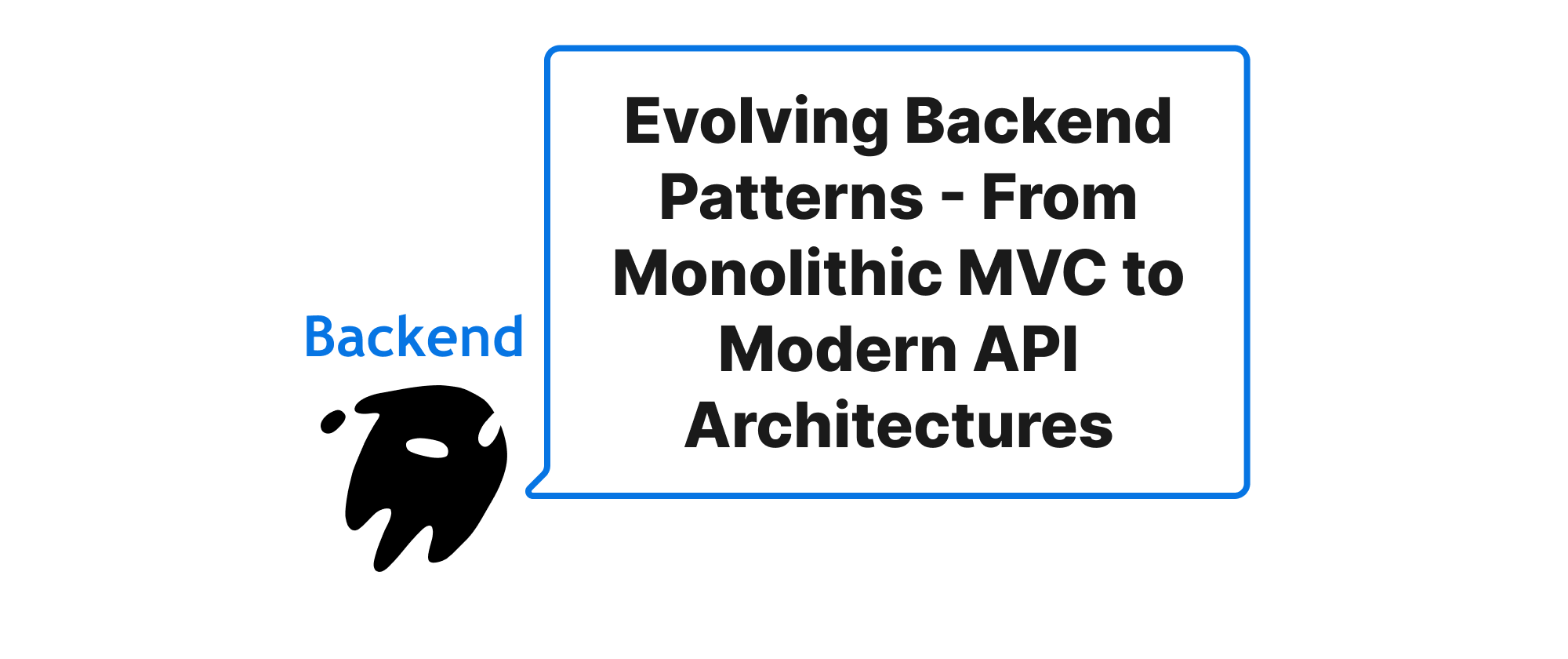
Evolving Backend Patterns - From Monolithic MVC to Modern API Architectures
This article traces the evolution of backend development, from traditional MVC frameworks like Django and Rails to contemporary API-centric designs. It explores the driving forces behind this shift, dissects key architectural patterns, and provides practical examples to illustrate how modern approaches enhance scalability, flexibility, and maintainability.
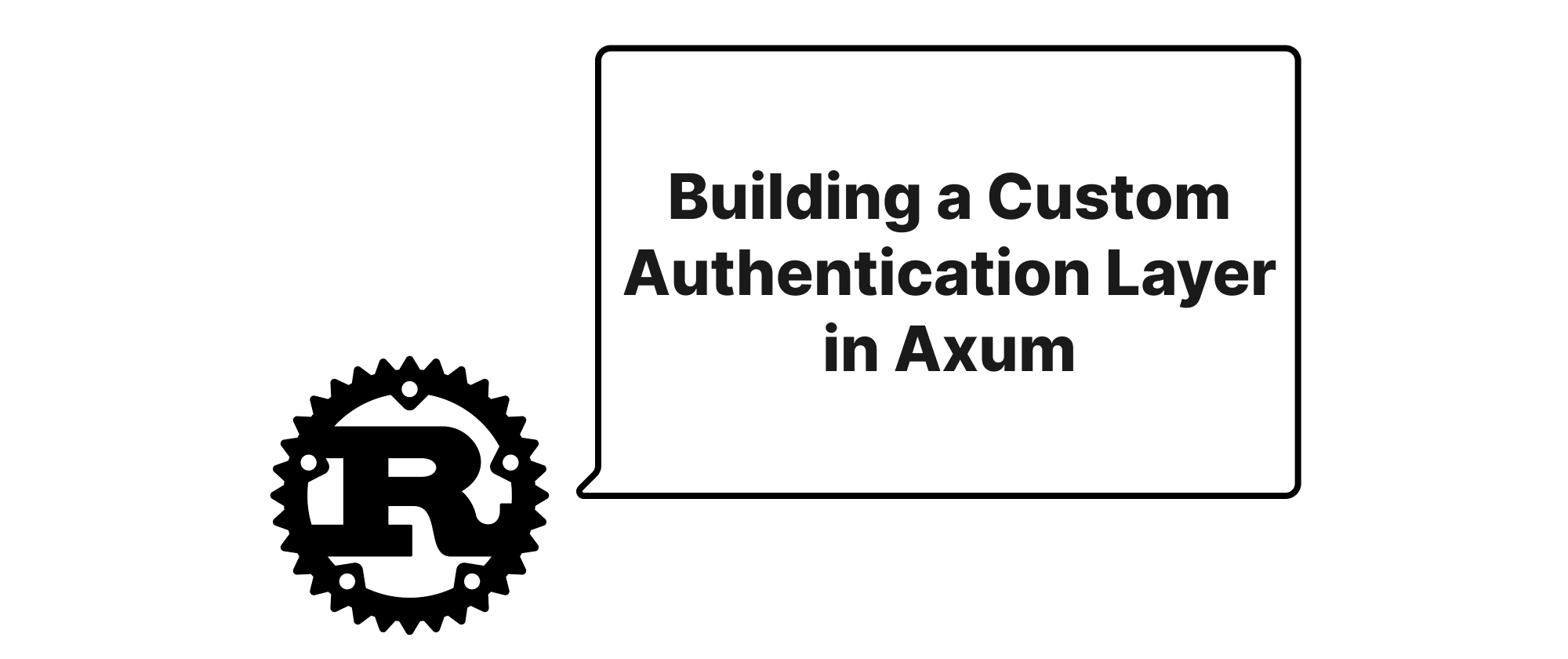
Building a Custom Authentication Layer in Axum
This article delves into creating a custom Axum Layer to handle JWT or API Key authentication from scratch, providing a practical guide and code examples.
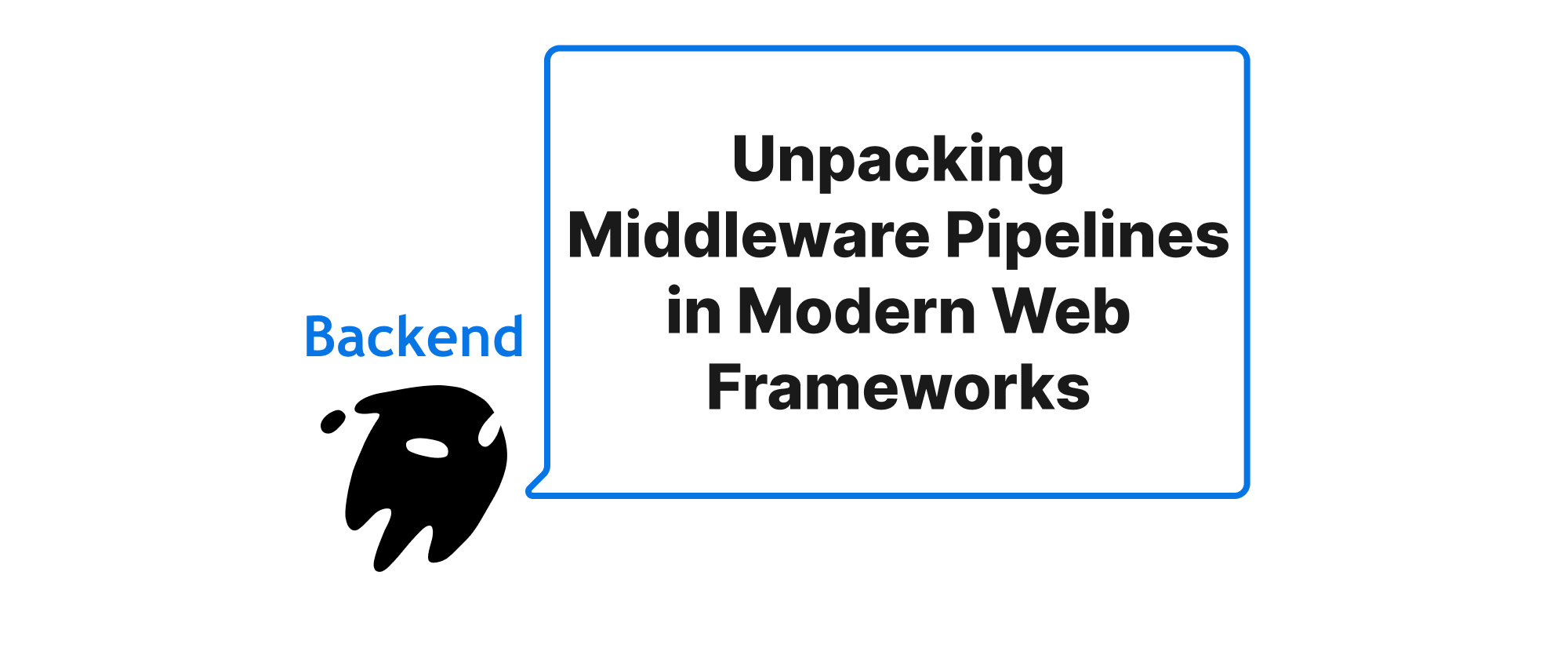
Unpacking Middleware Pipelines in Modern Web Frameworks
This article delves into the core mechanics of middleware pipelines across popular backend frameworks like Express/Koa, Gin, and ASP.NET Core, illustrating their implementation and significance in building robust and scalable web applications.
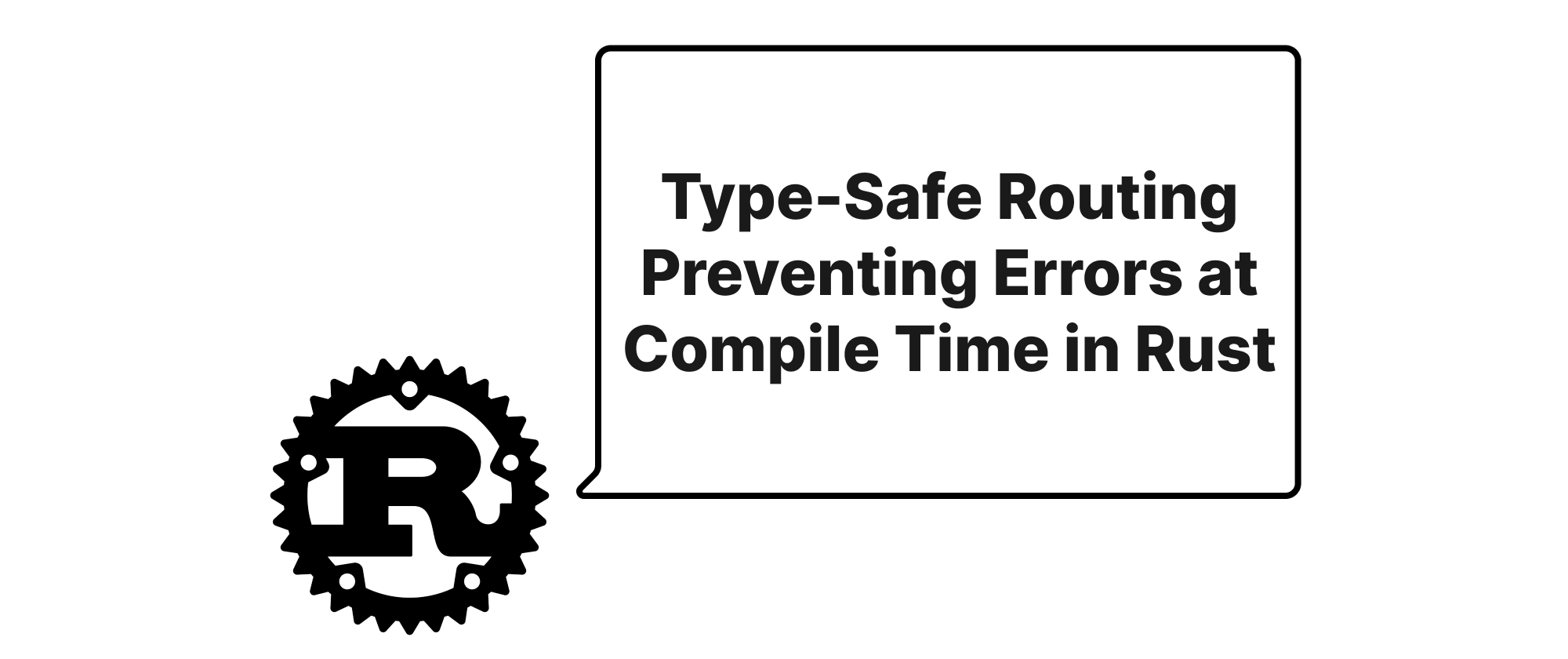
Type-Safe Routing Preventing Errors at Compile Time in Rust
Exploring how Rust's powerful type system can be leveraged to catch routing definition errors during compilation, enhancing robustness and reliability in web applications.
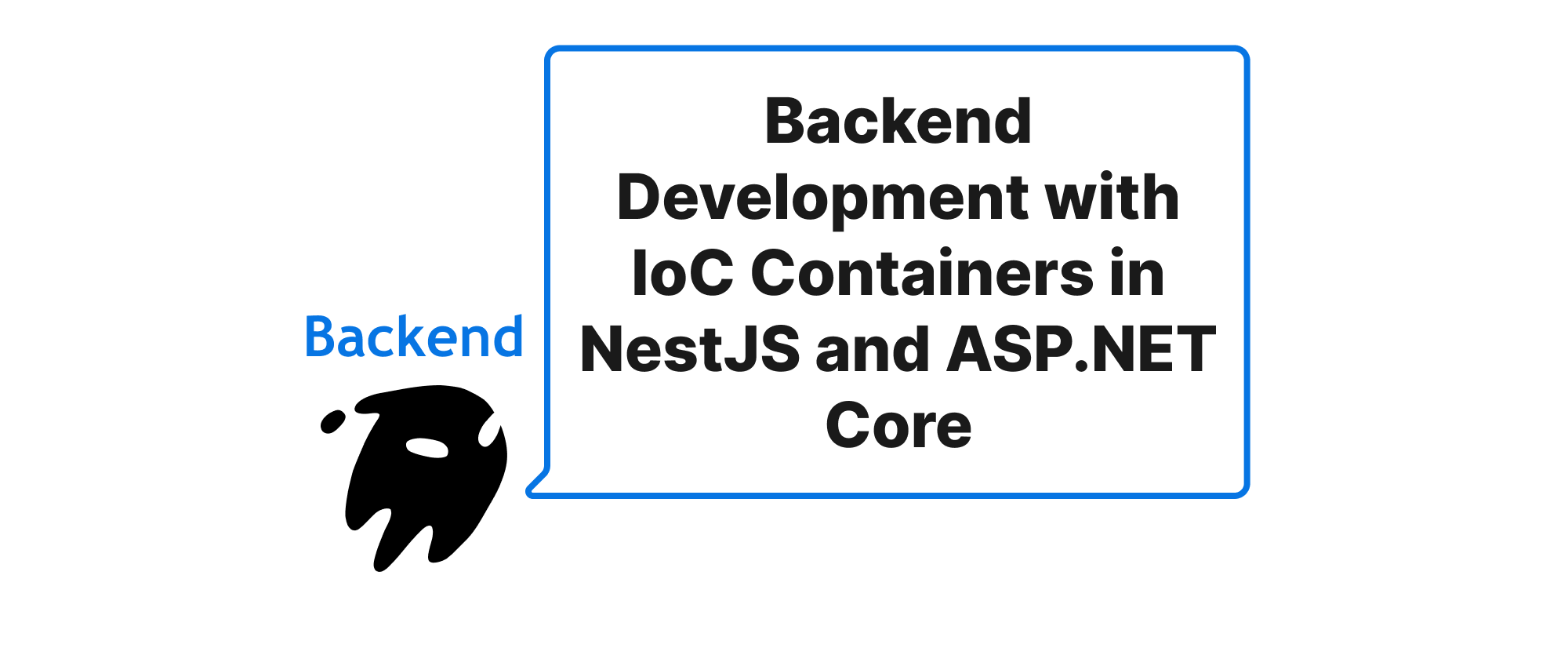
Empowering Backend Development with IoC Containers in NestJS and ASP.NET Core
Exploring the implementation and benefits of Inversion of Control containers in NestJS (TypeScript) and ASP.NET Core (C#) for robust and maintainable backend applications.
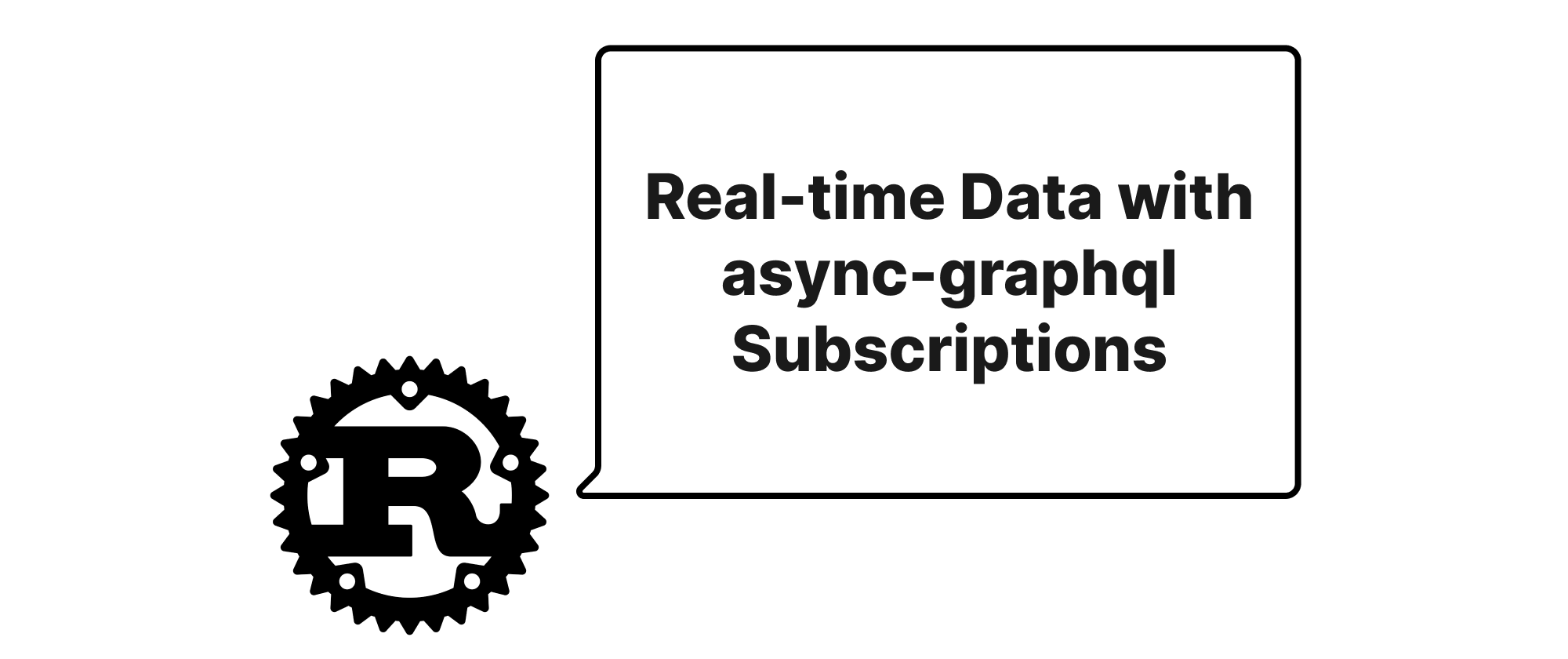
Real-time Data with async-graphql Subscriptions
Exploring how to build real-time data updates in Rust applications using GraphQL Subscriptions with the async-graphql library.
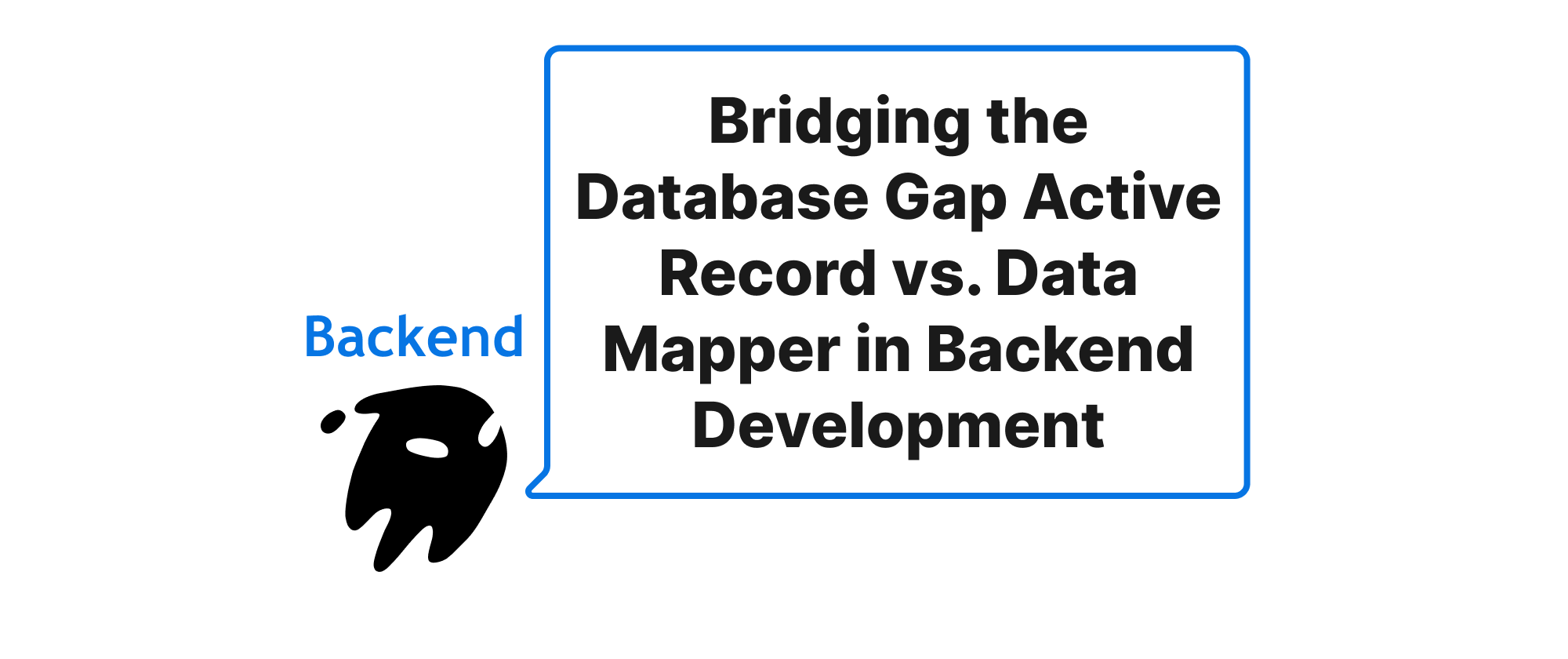
Bridging the Database Gap Active Record vs. Data Mapper in Backend Development
Explore the strengths and weaknesses of Active Record and Data Mapper patterns in backend development, offering insights into their implementation, use cases, and impact on maintainability and scalability.
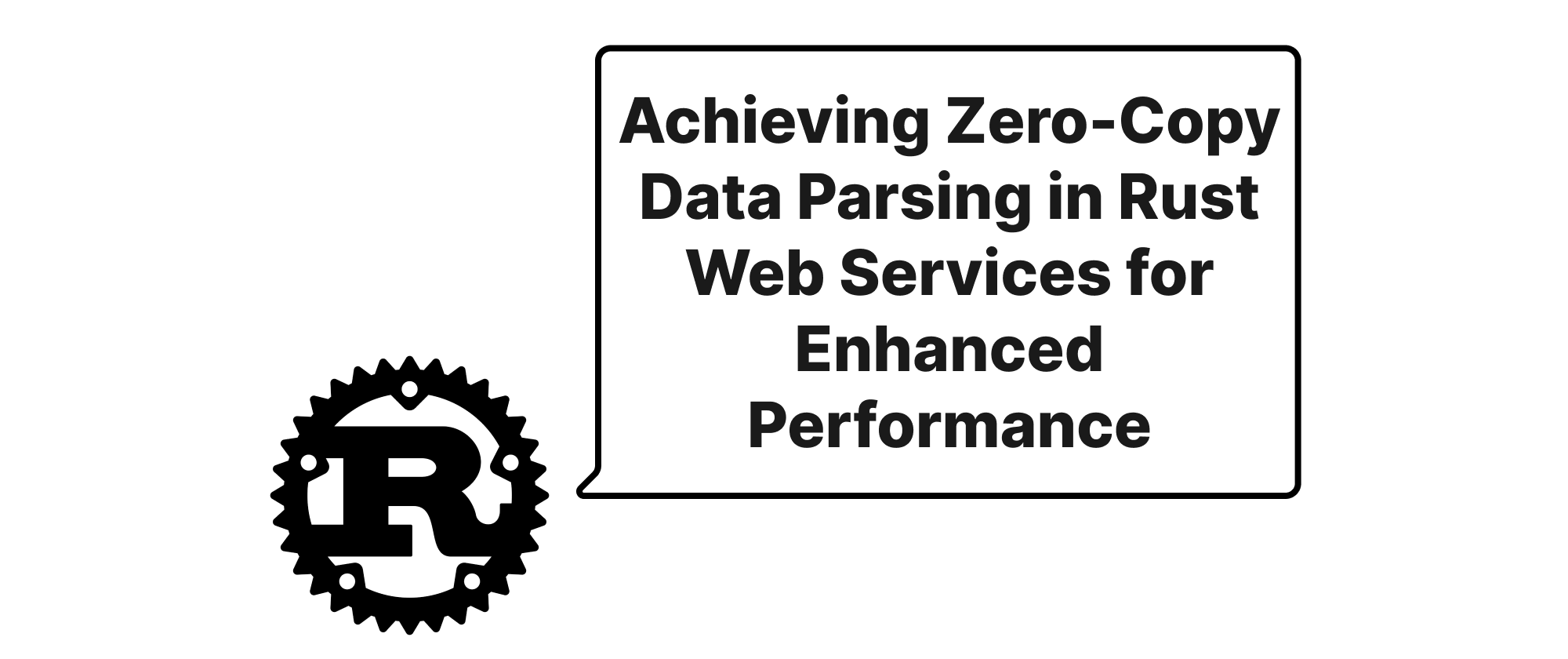
Achieving Zero-Copy Data Parsing in Rust Web Services for Enhanced Performance
Explore how zero-copy data parsing in Rust web services can significantly boost performance by minimizing data copying and allocation, enabling more efficient handling of high-throughput applications.

Rate Limiting in Go: Implementing the Token Bucket Algorithm
The Token Bucket Algorithm provides a flexible and efficient way to implement rate limiting and traffic shaping in a wide range of applications. Its ability to handle both steady traffic and sudden bursts makes it particularly valuable in real-world systems where traffic patterns are often unpredictable.
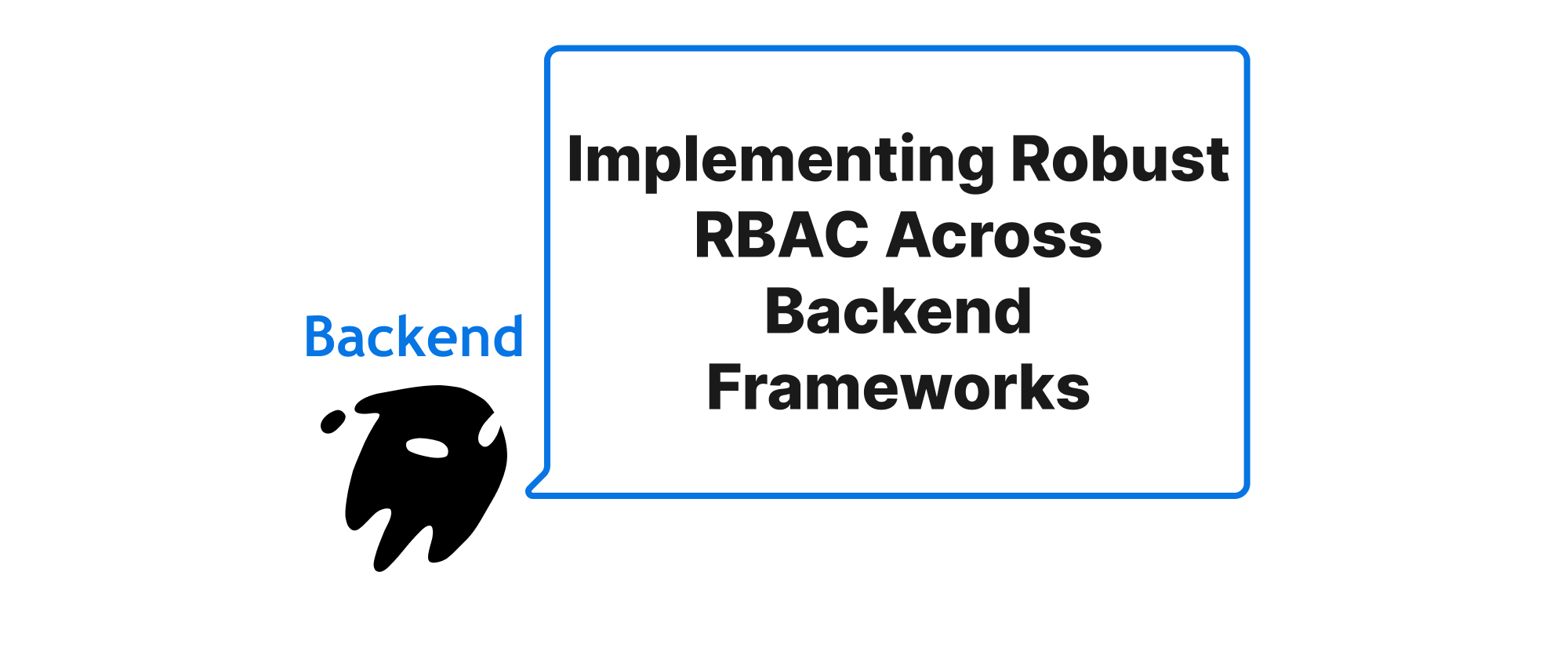
Implementing Robust RBAC Across Backend Frameworks
Explore common patterns and best practices for integrating Role-Based Access Control (RBAC) into various backend frameworks, ensuring secure and scalable authorization.
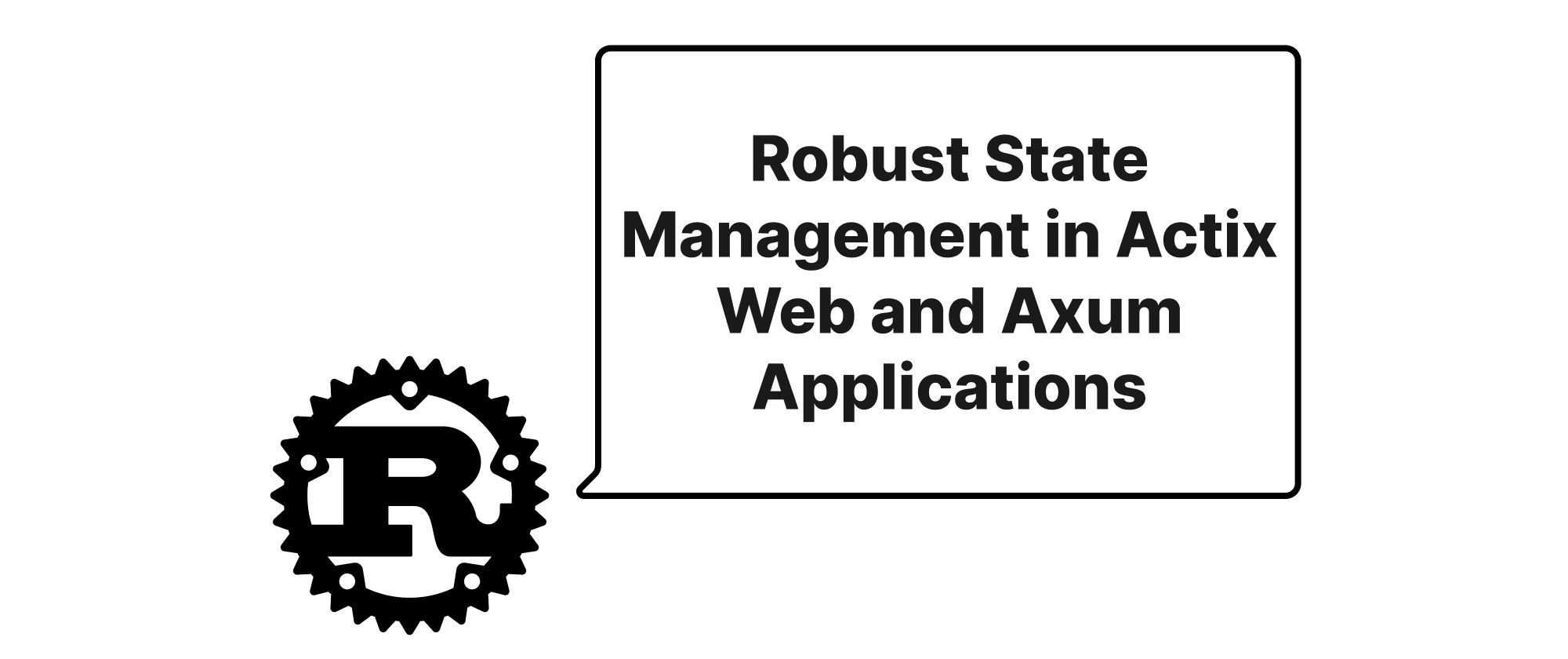
Robust State Management in Actix Web and Axum Applications
Exploring effective strategies for managing shared state, like database connection pools and configurations, in Rust web frameworks to build scalable and maintainable applications.
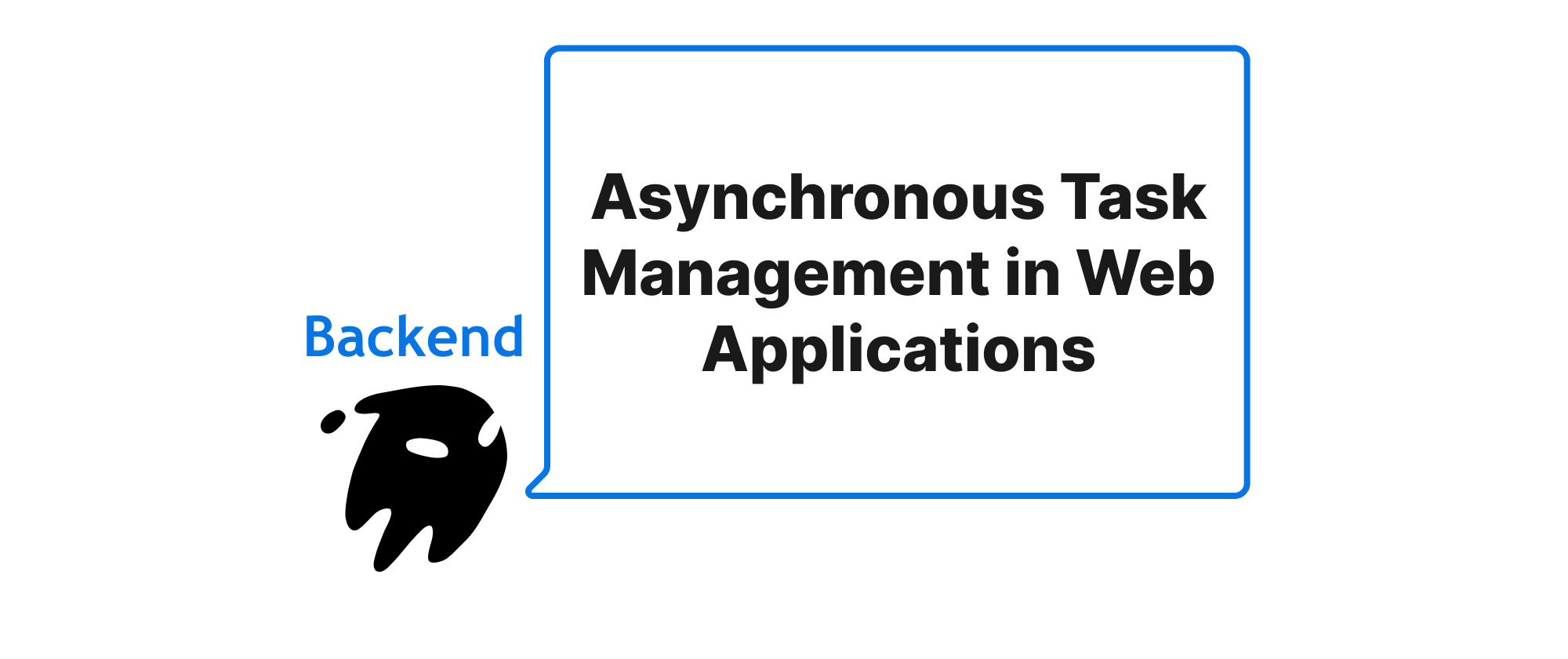
Asynchronous Task Management in Web Applications
A deep dive into integrating Celery (Python), BullMQ (Node.js), and Hangfire (.NET) with their respective web frameworks for robust background processing.
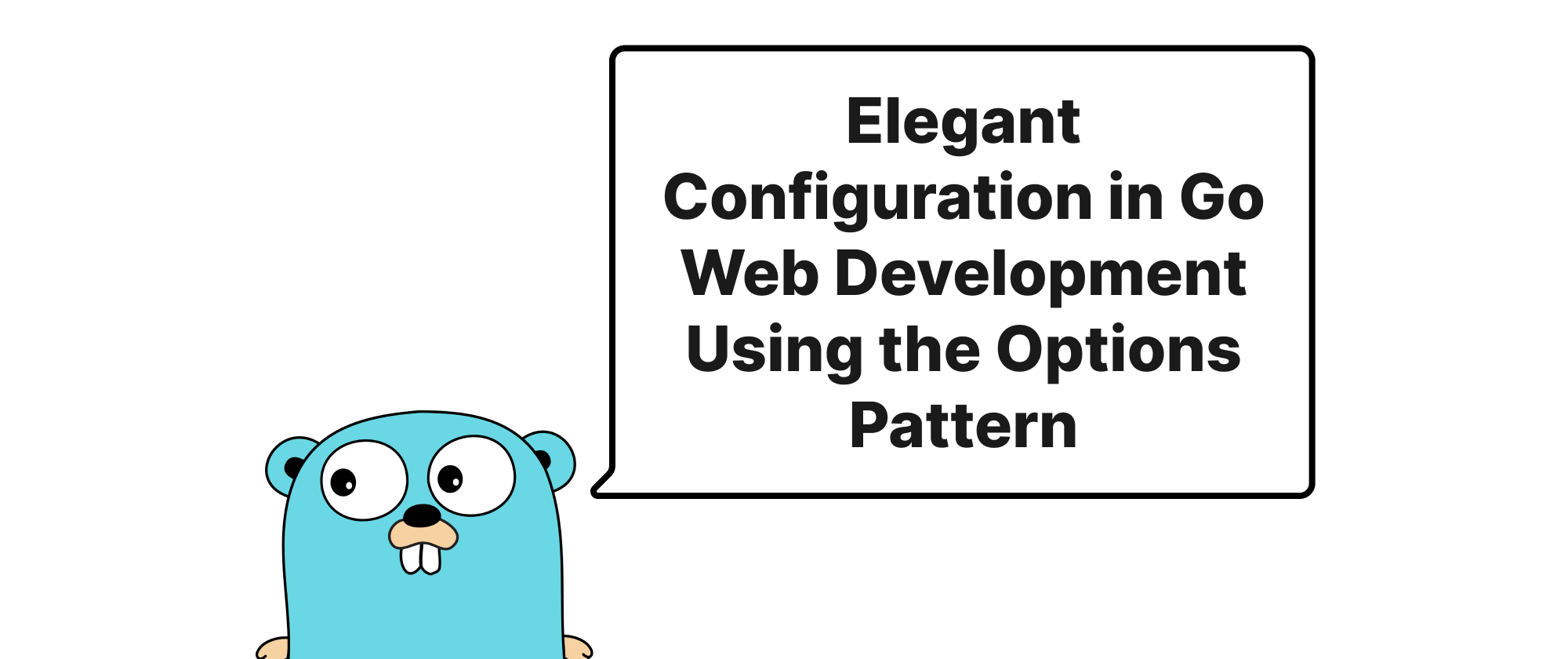
Elegant Configuration in Go Web Development Using the Options Pattern
Explore the benefits and implementation of the Options Pattern in Go web applications for flexible and maintainable configuration.
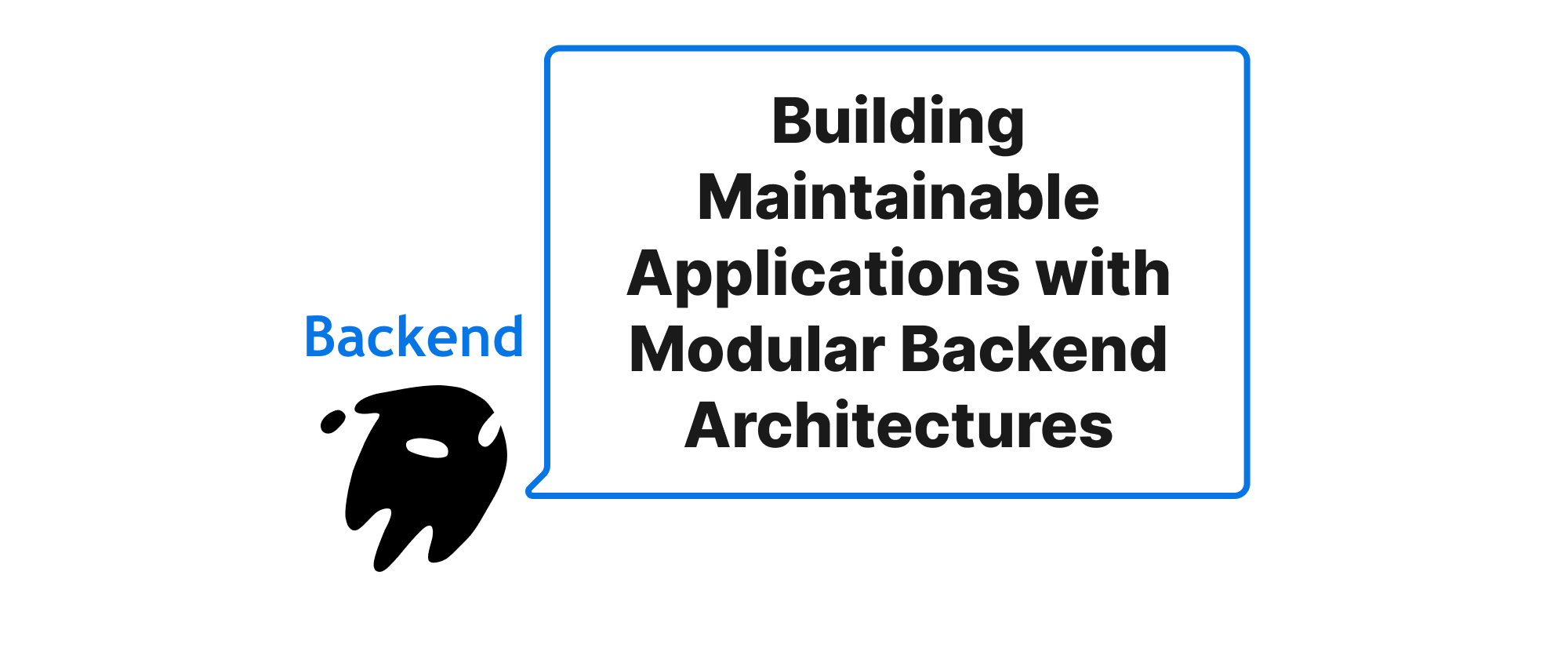
Building Maintainable Applications with Modular Backend Architectures
This article explores Django Apps, Flask Blueprints, and NestJS Modules as patterns for structuring large-scale web applications, discussing their principles, implementation, and practical use cases to foster maintainability and scalability.
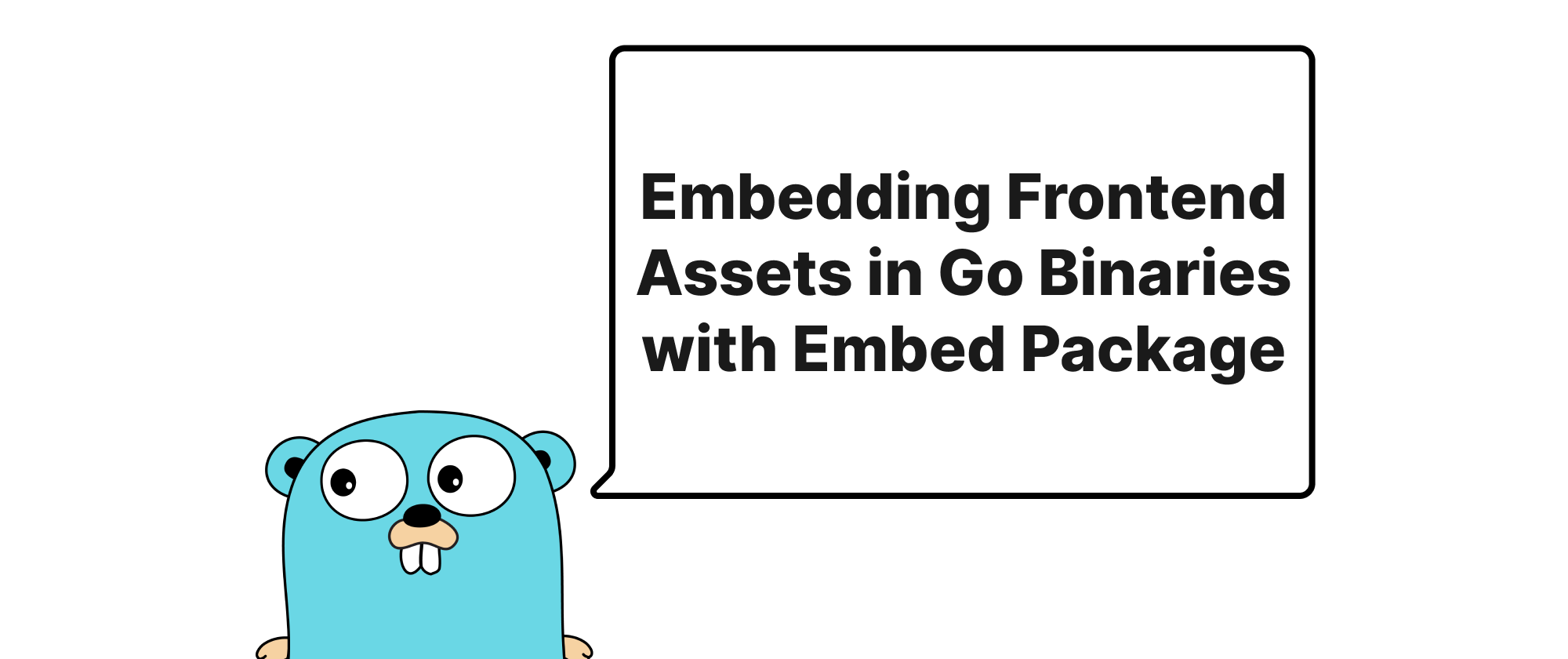
Embedding Frontend Assets in Go Binaries with Embed Package
Explore how Go 1.16+'s embed package simplifies deploying web applications by directly bundling frontend assets into the backend executable, enhancing portability and simplifying deployments.

The Dark Side of Python’s eval() (and When It’s Actually Useful)
`eval()` is a powerful yet controversial built-in function in Python. Its working principle is to parse, compile, and execute Python code passed as a string, and it is widely used in scenarios such as dynamic expression calculation and dynamic data structure processing. However, `eval()` also has risks such as security vulnerabilities and performance loss, so caution is required when using it.
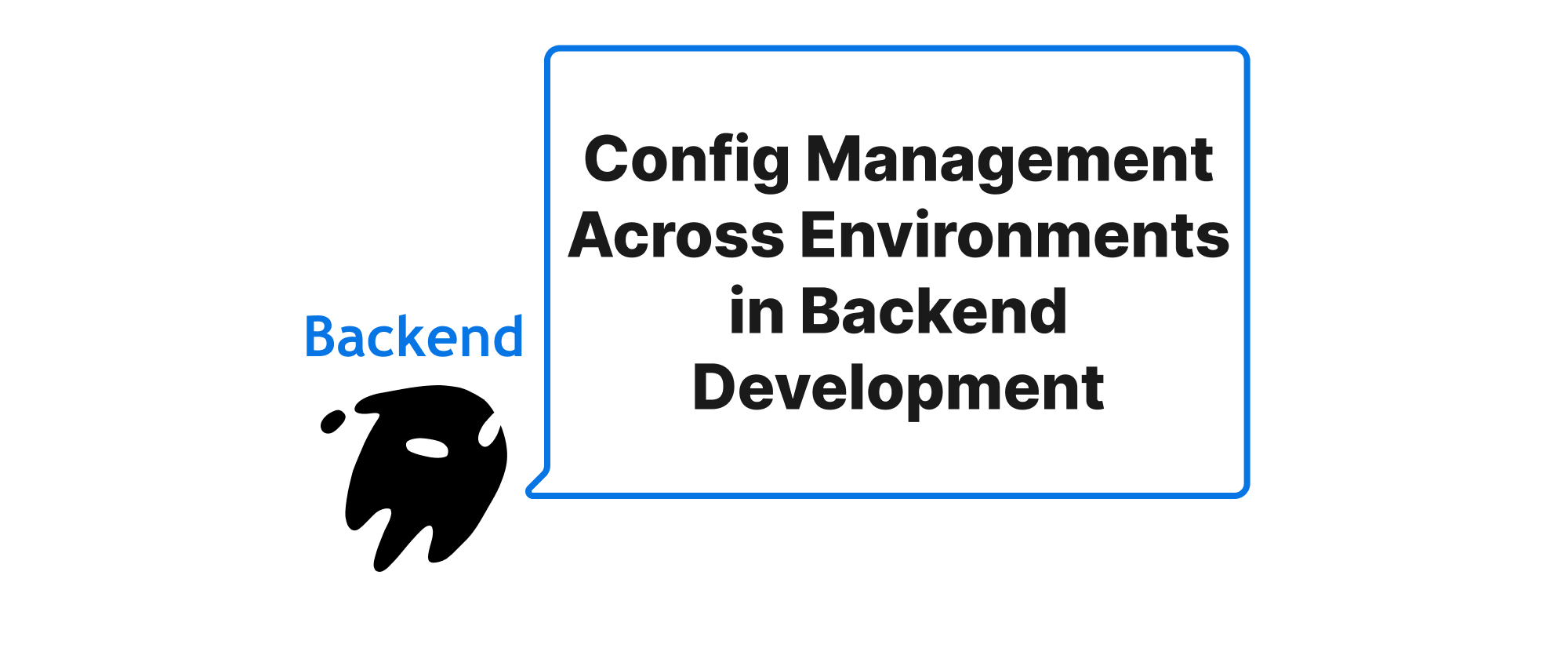
Config Management Across Environments in Backend Development
Explore how backend frameworks handle configuration loading and overriding for different environments like development and production, using concrete examples.
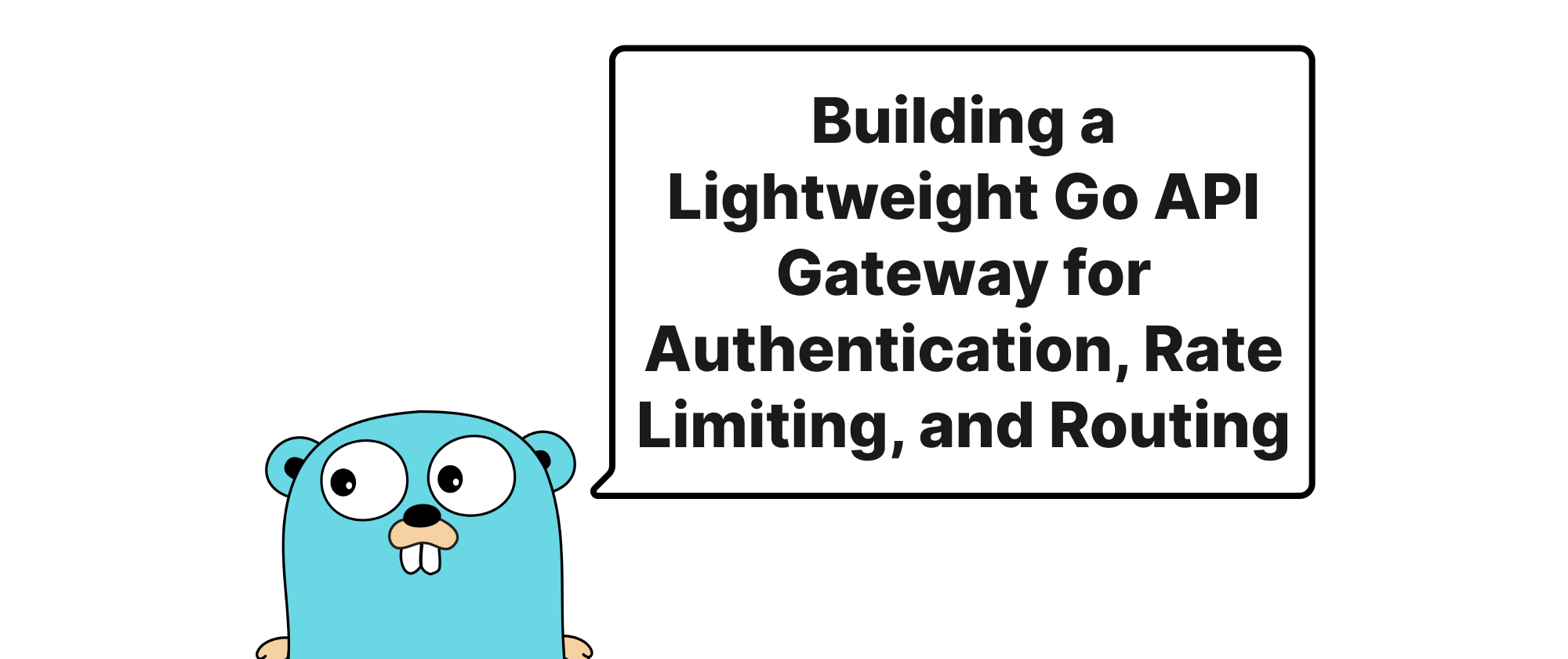
Building a Lightweight Go API Gateway for Authentication, Rate Limiting, and Routing
This article delves into the construction of a basic API Gateway using Go, focusing on implementing essential functionalities like authentication, rate limiting, and request routing to enhance microservice architecture management.
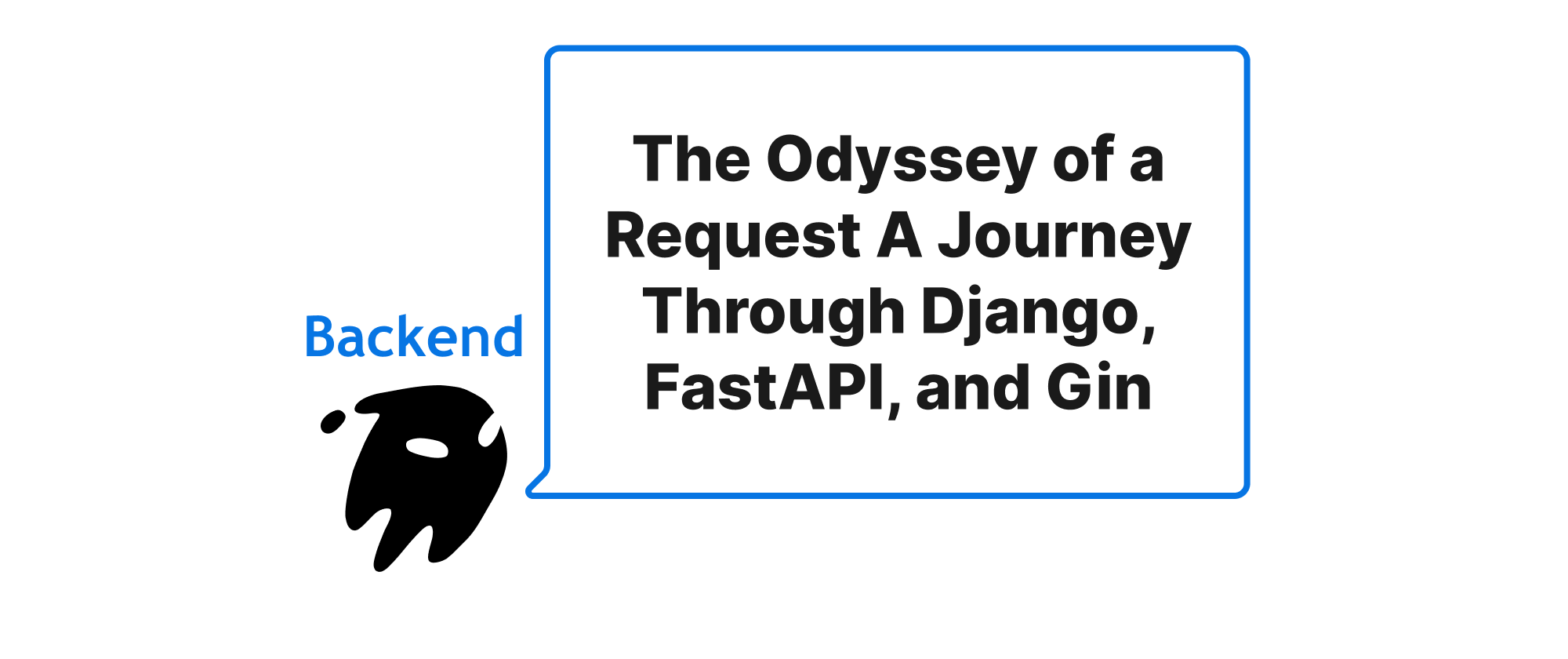
The Odyssey of a Request A Journey Through Django, FastAPI, and Gin
Tracing the lifecycle of a web request from its arrival to the final response in Django, FastAPI, and Gin, exploring the underlying mechanisms and comparative approaches within these popular backend frameworks.
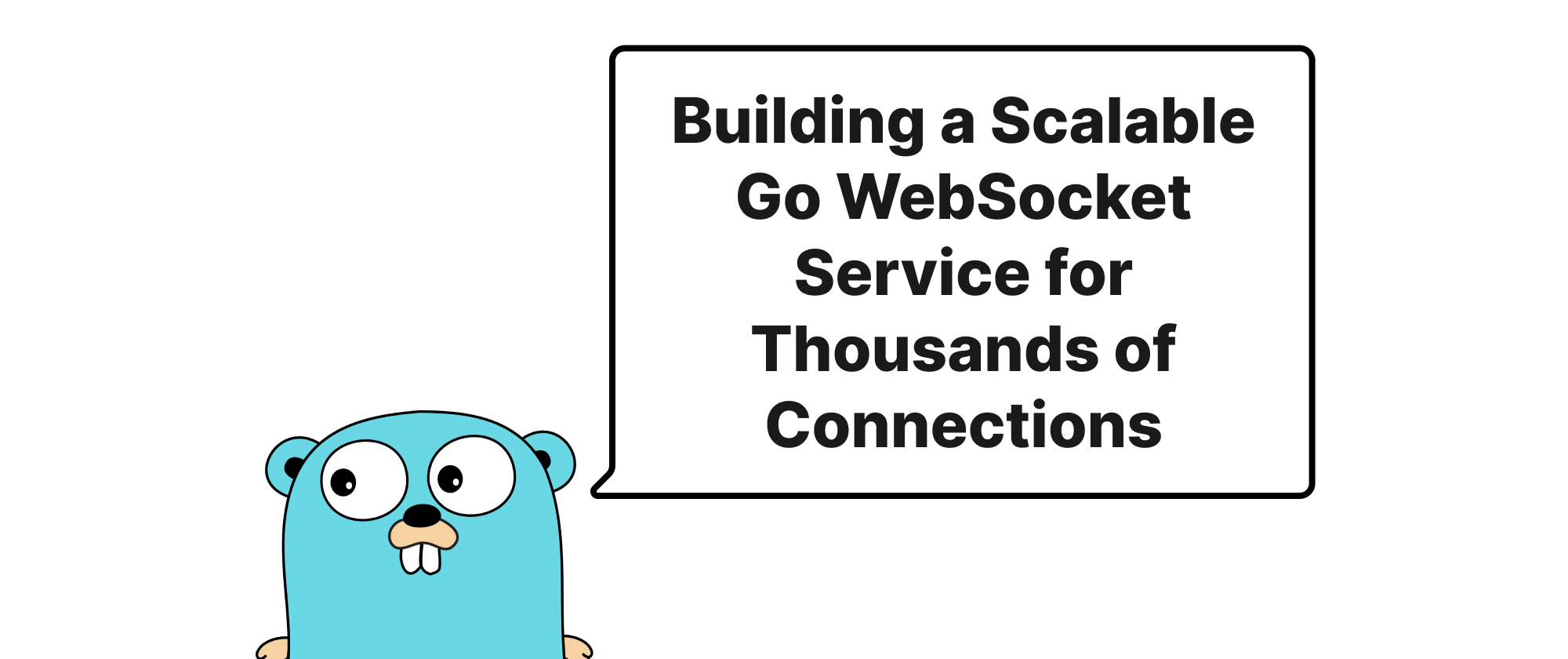
Building a Scalable Go WebSocket Service for Thousands of Concurrent Connections
This article delves into the strategies and techniques for building a high-performance, scalable WebSocket service in Go capable of handling thousands of concurrent connections efficiently.
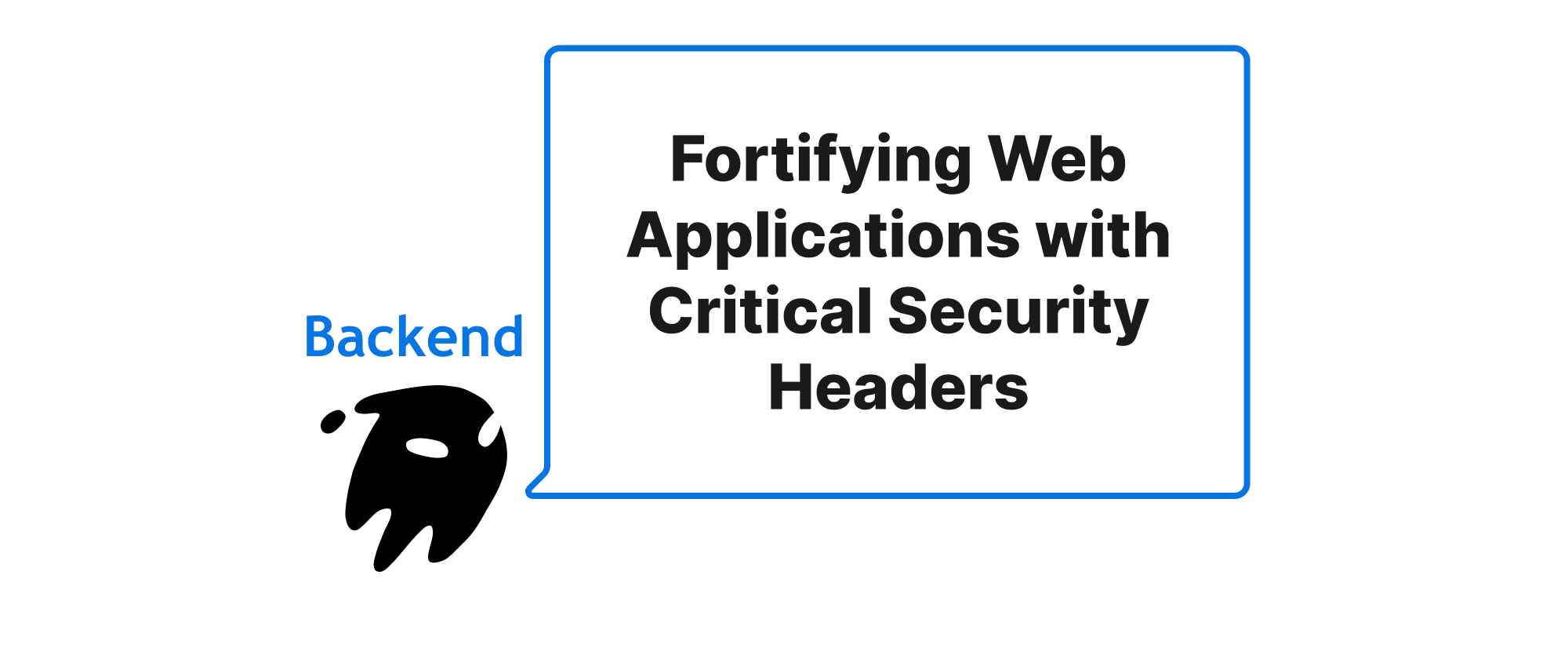
Fortifying Web Applications with Critical Security Headers
This article explores the importance of implementing security headers in web applications using Helmet.js for Node.js or integrated framework features, providing practical examples and best practices to enhance web security.
